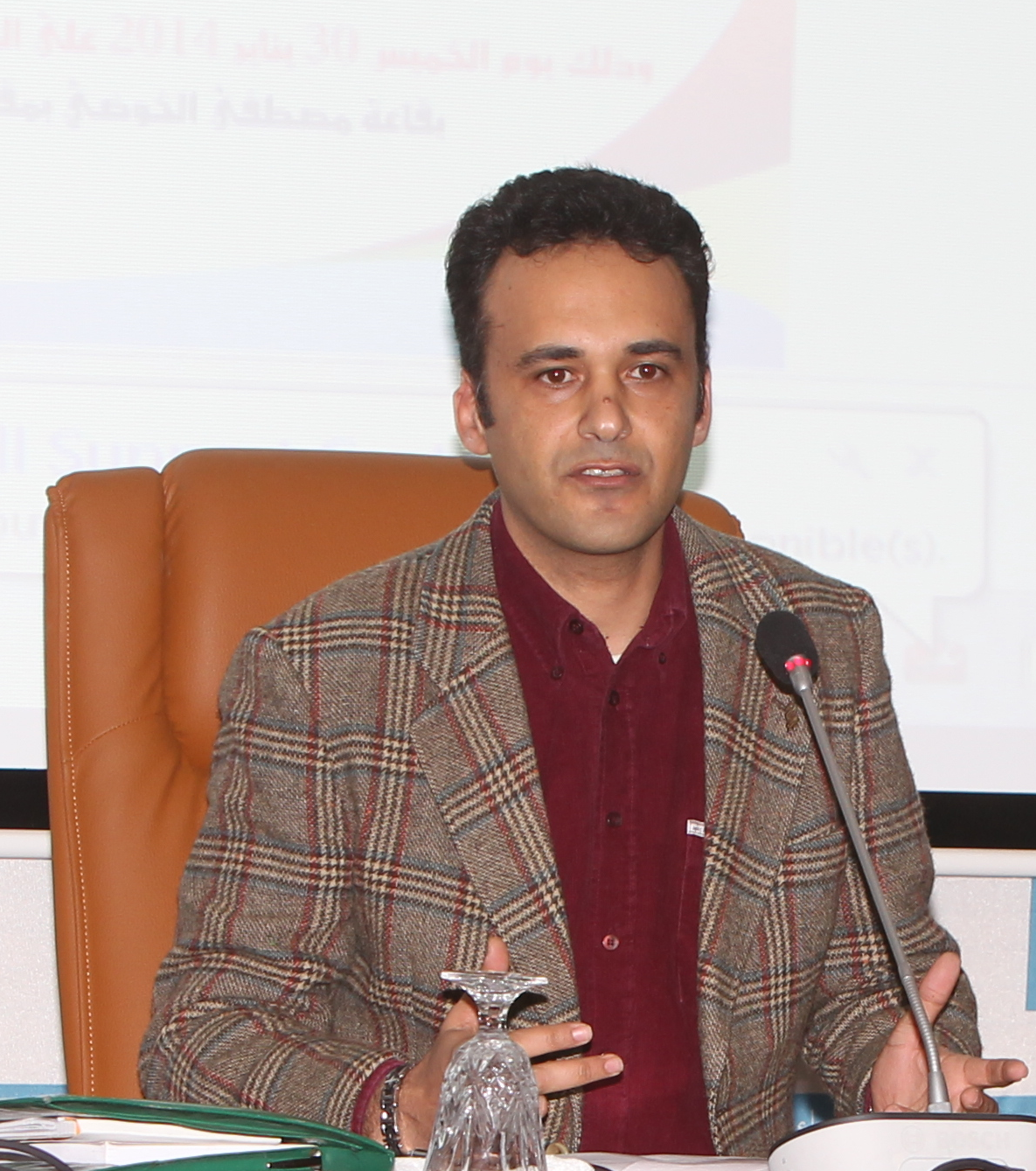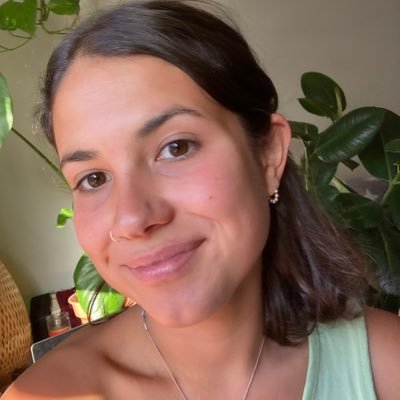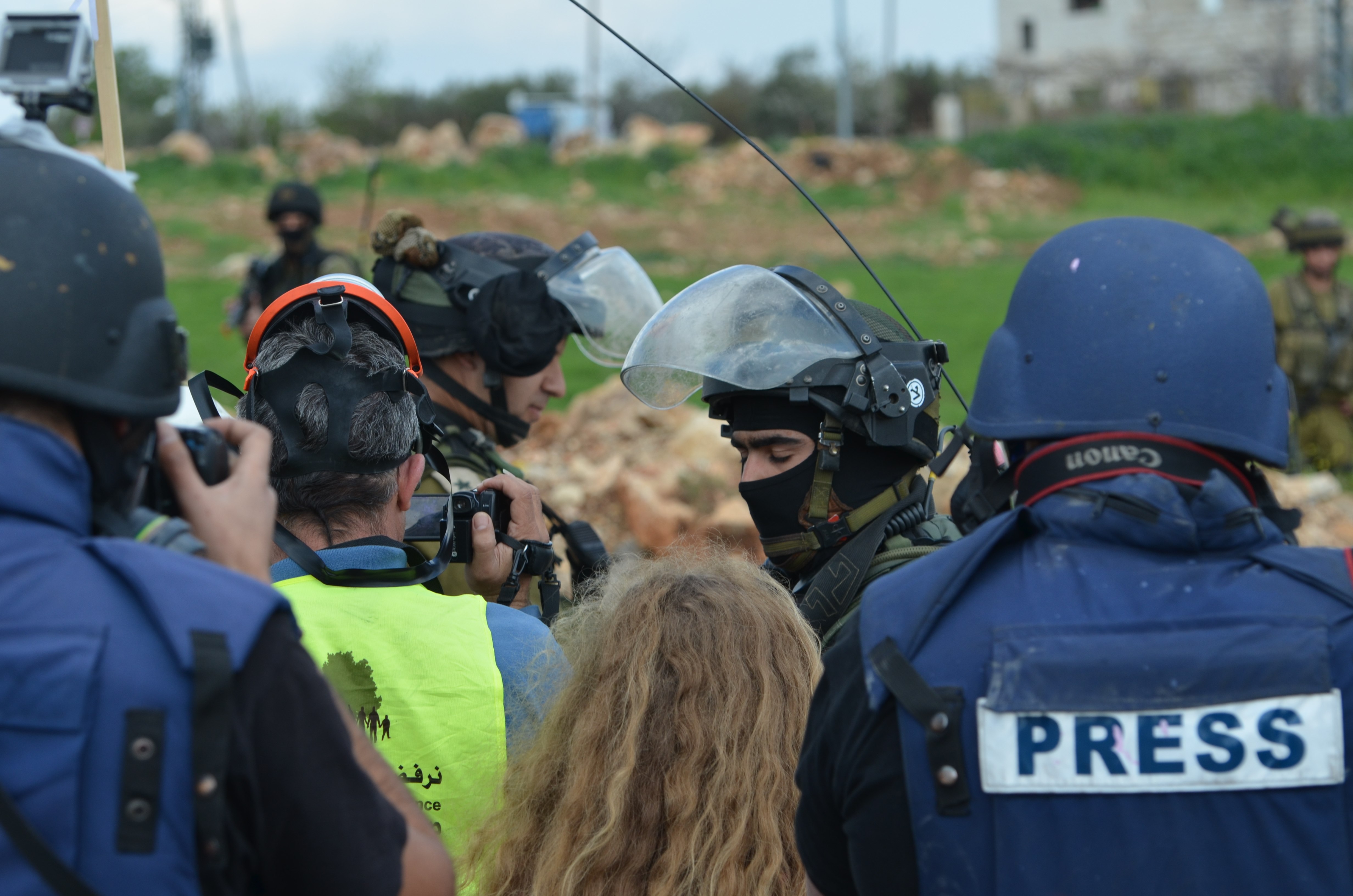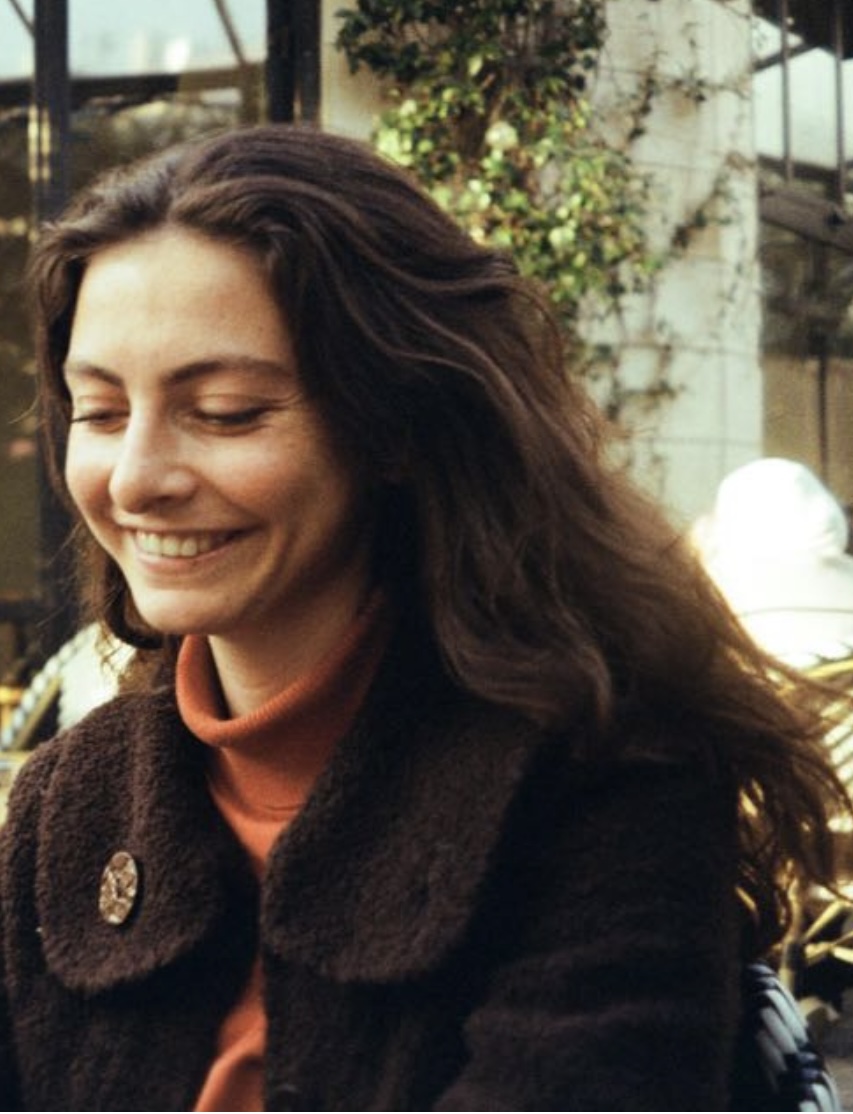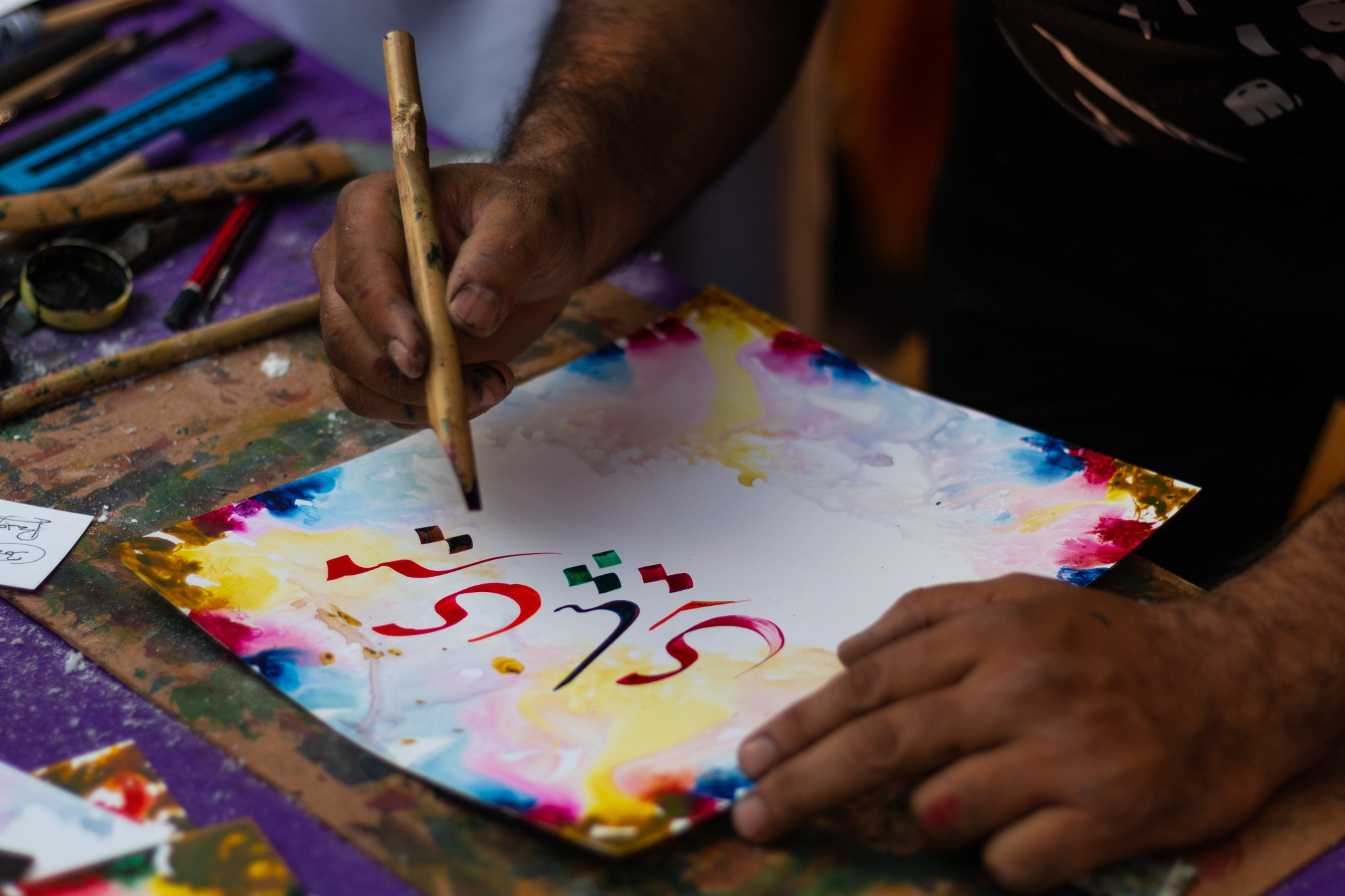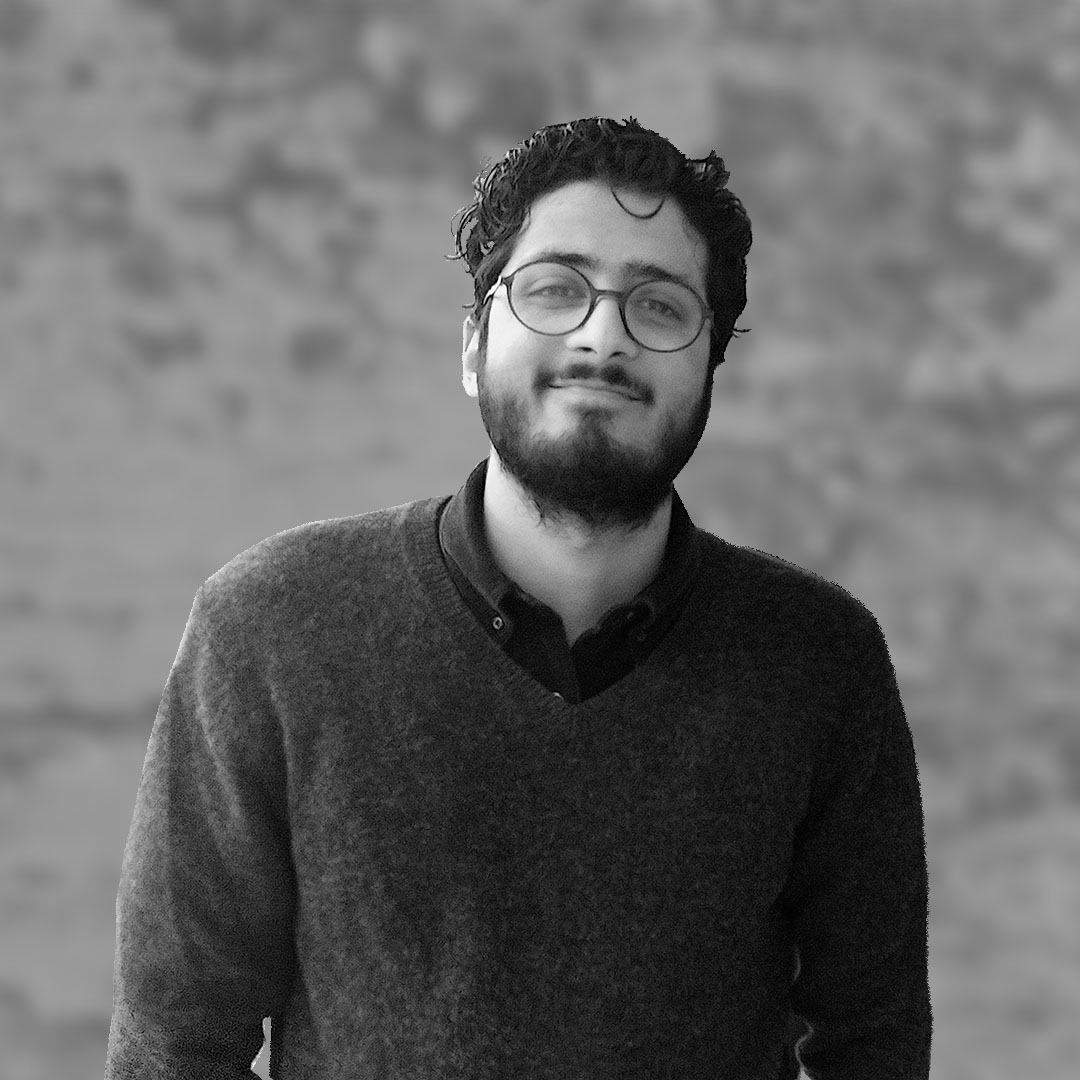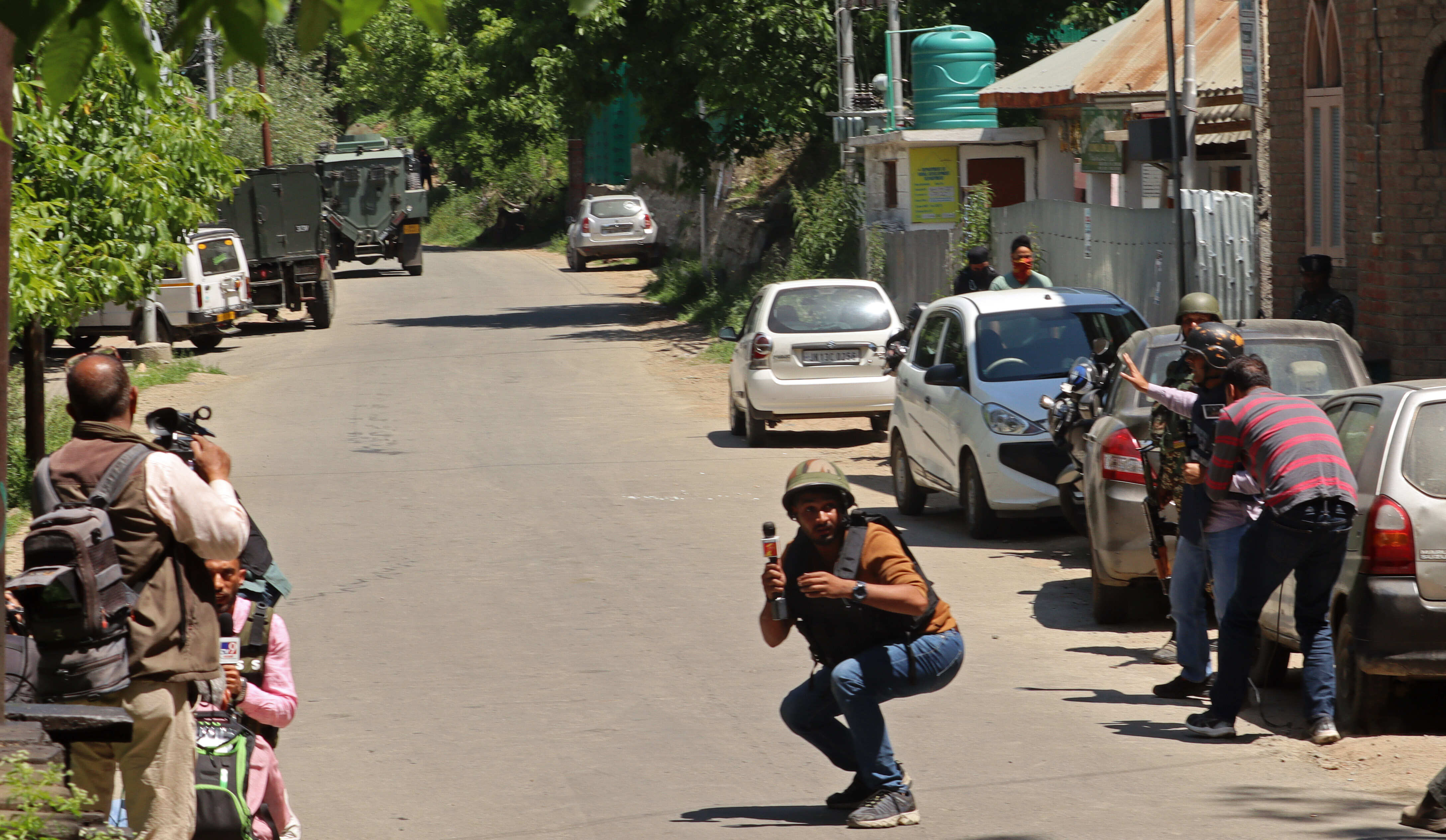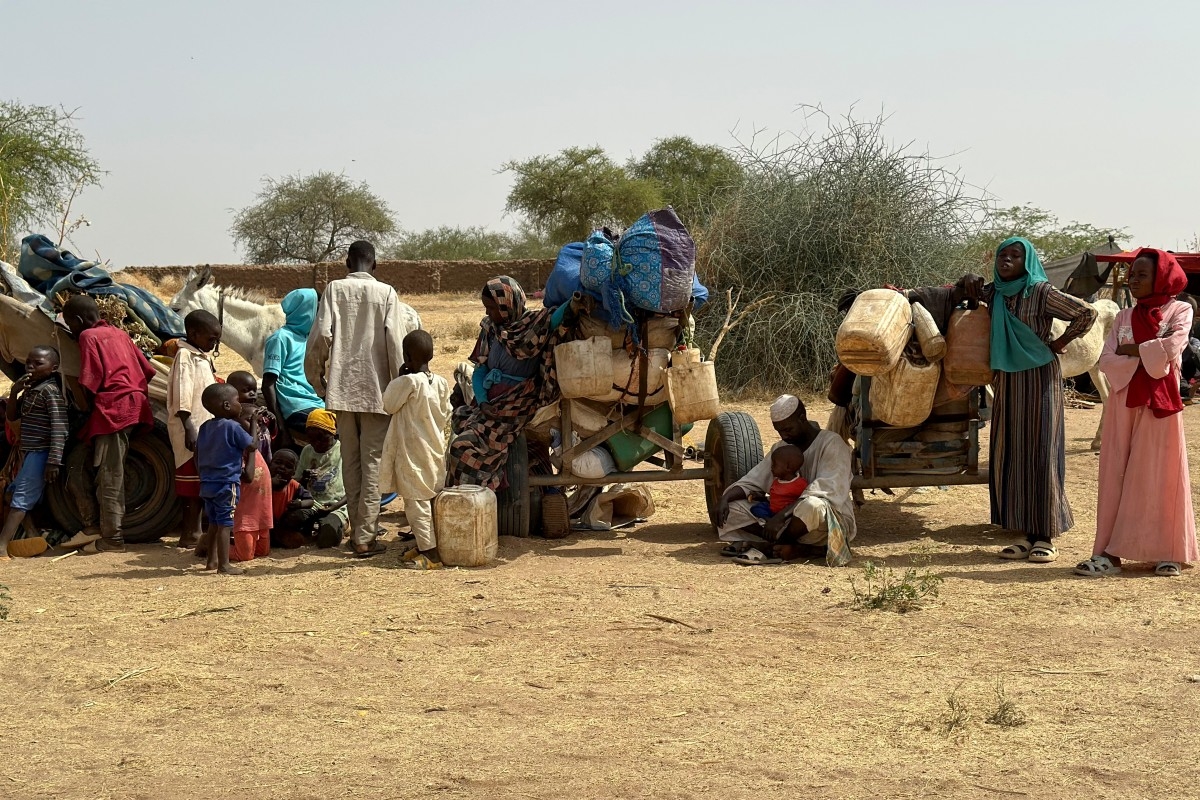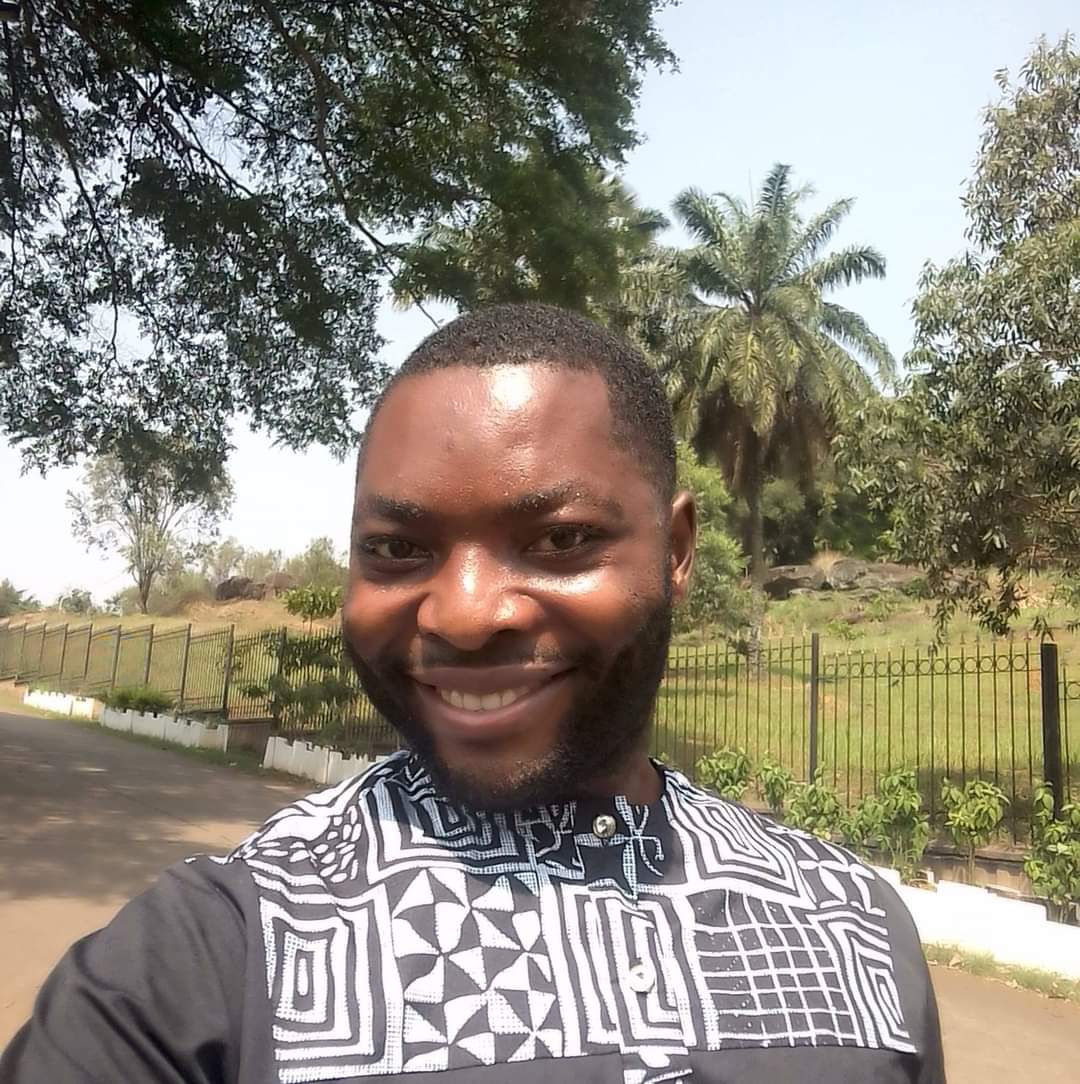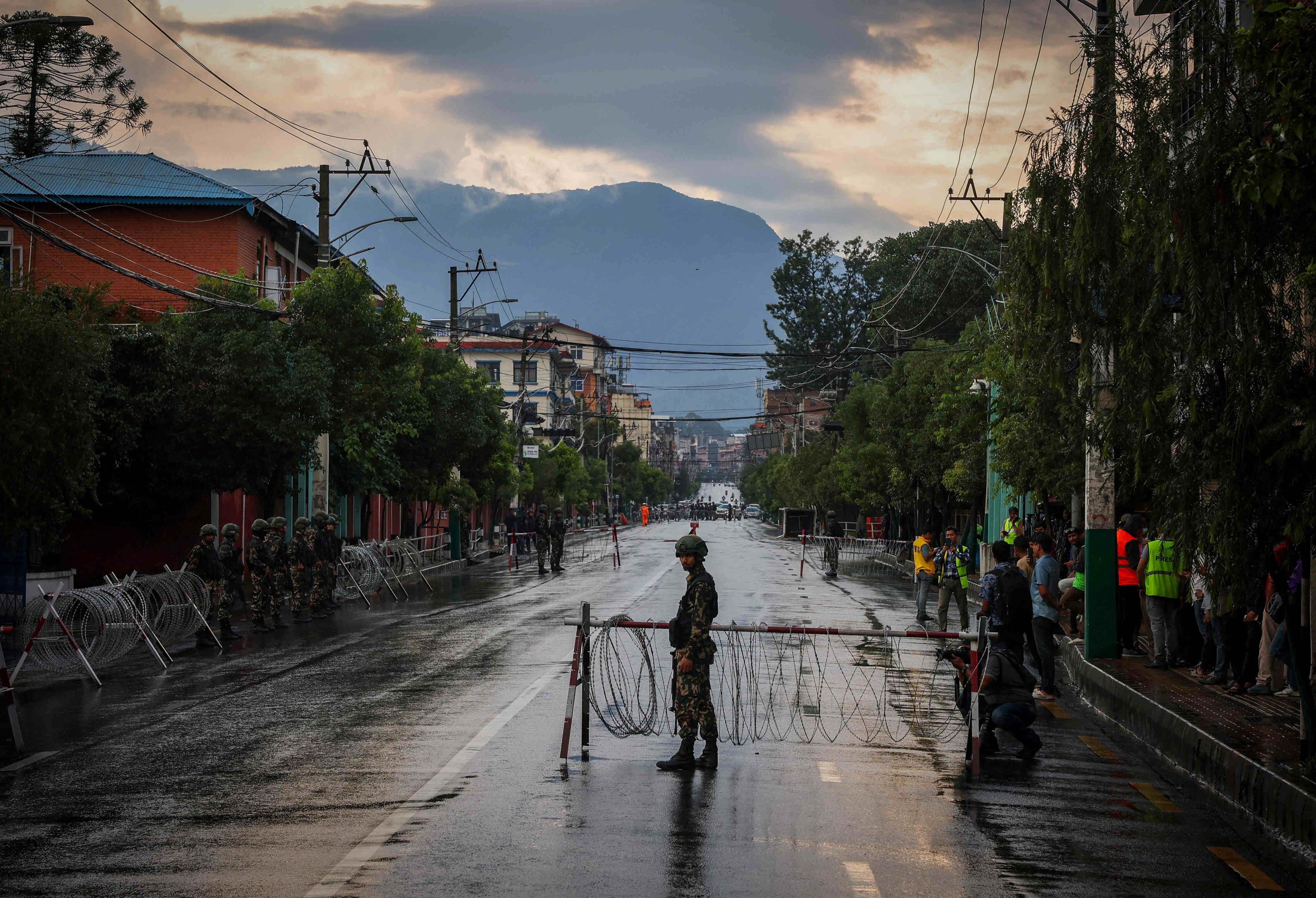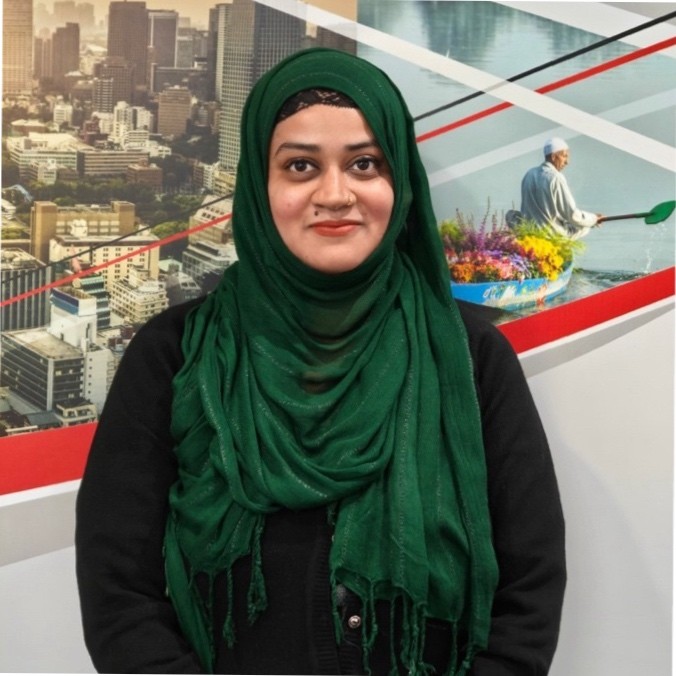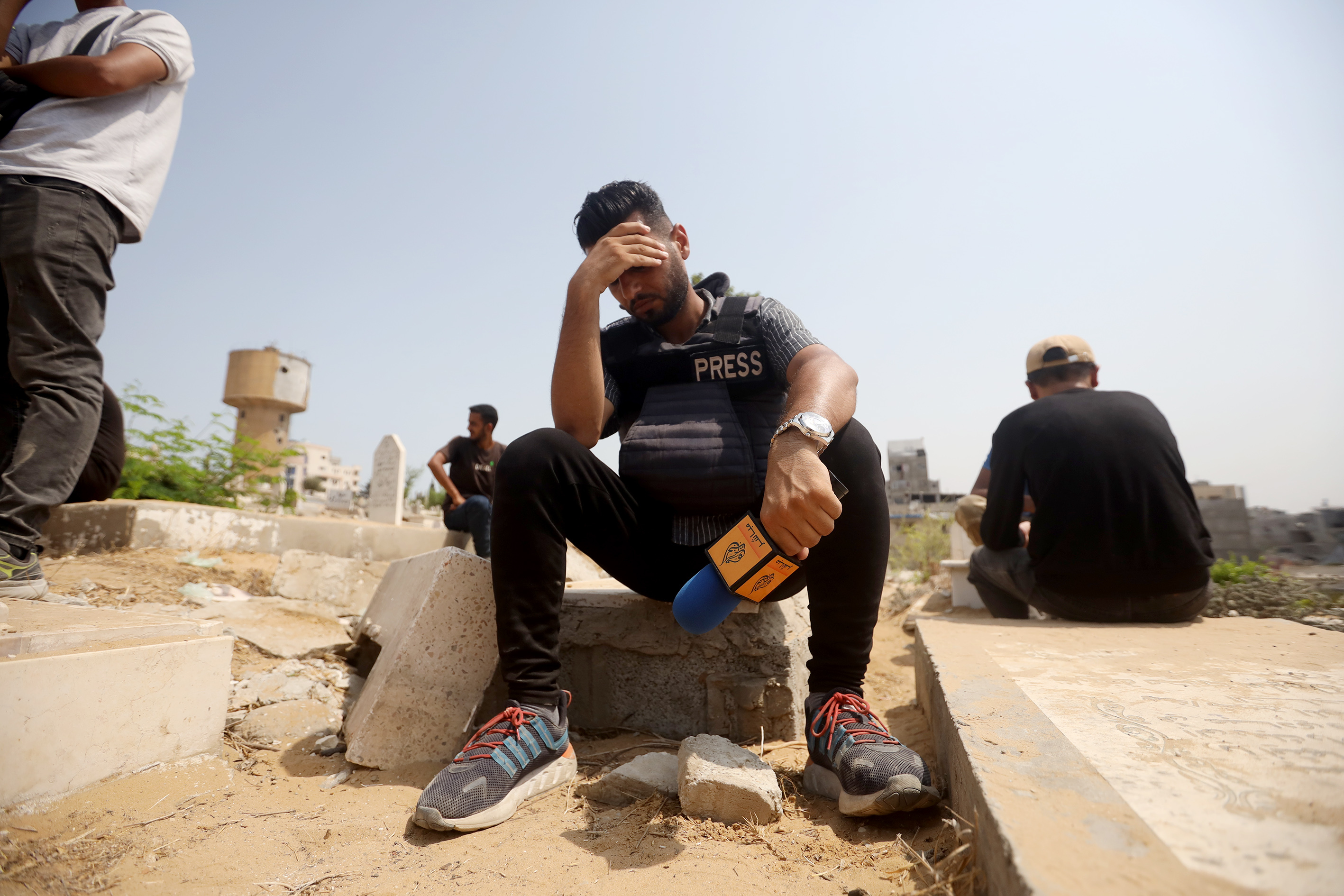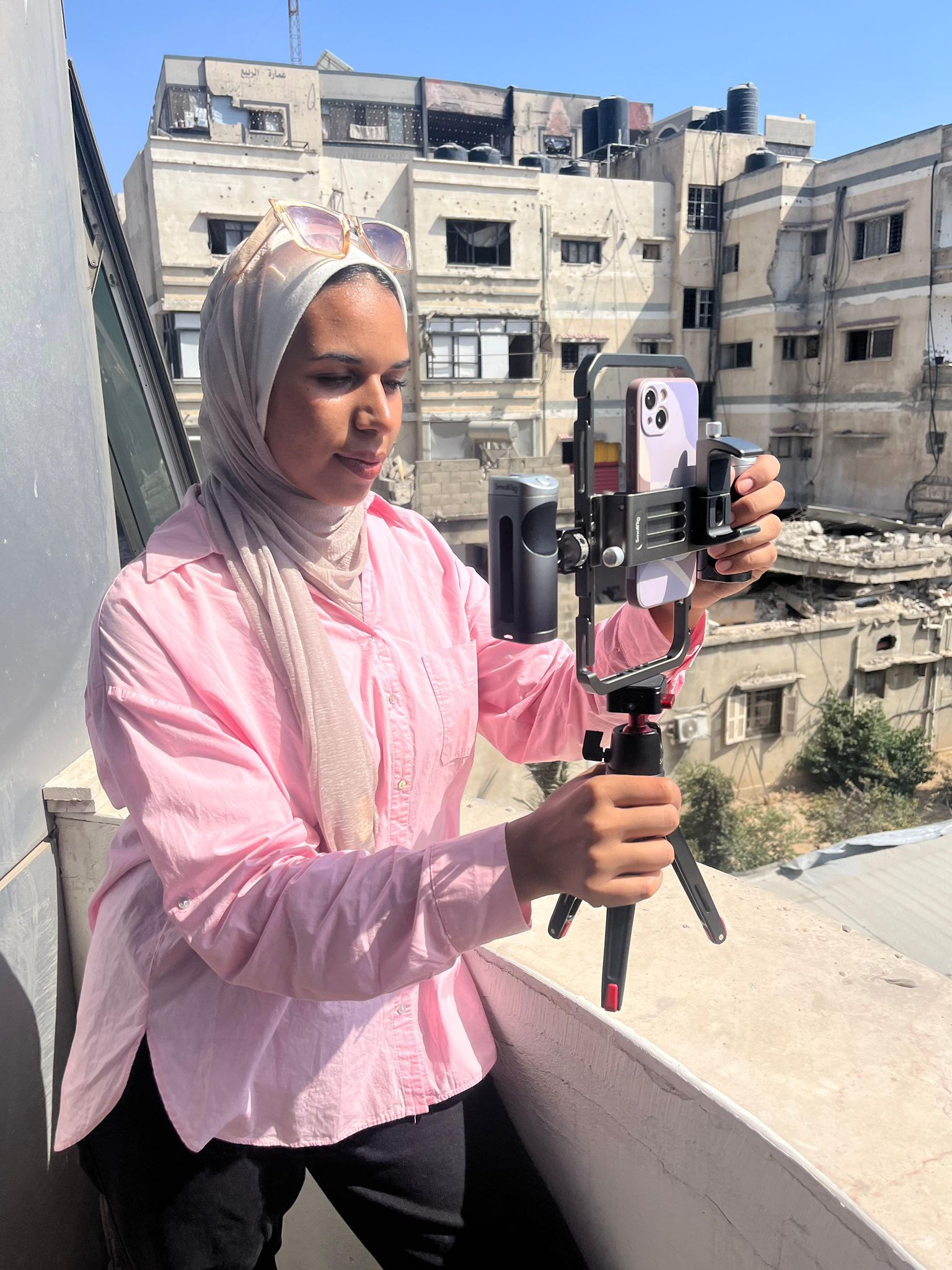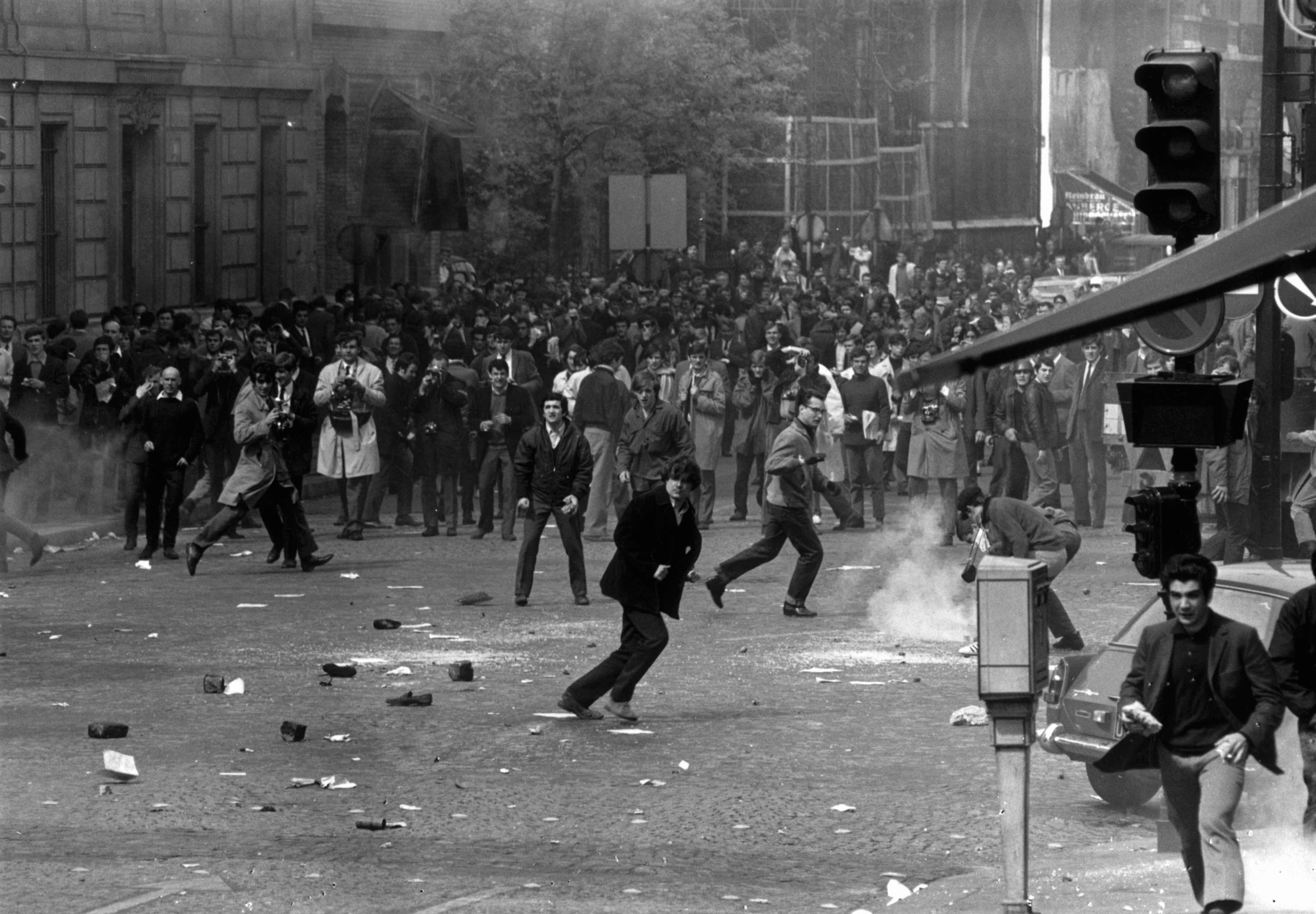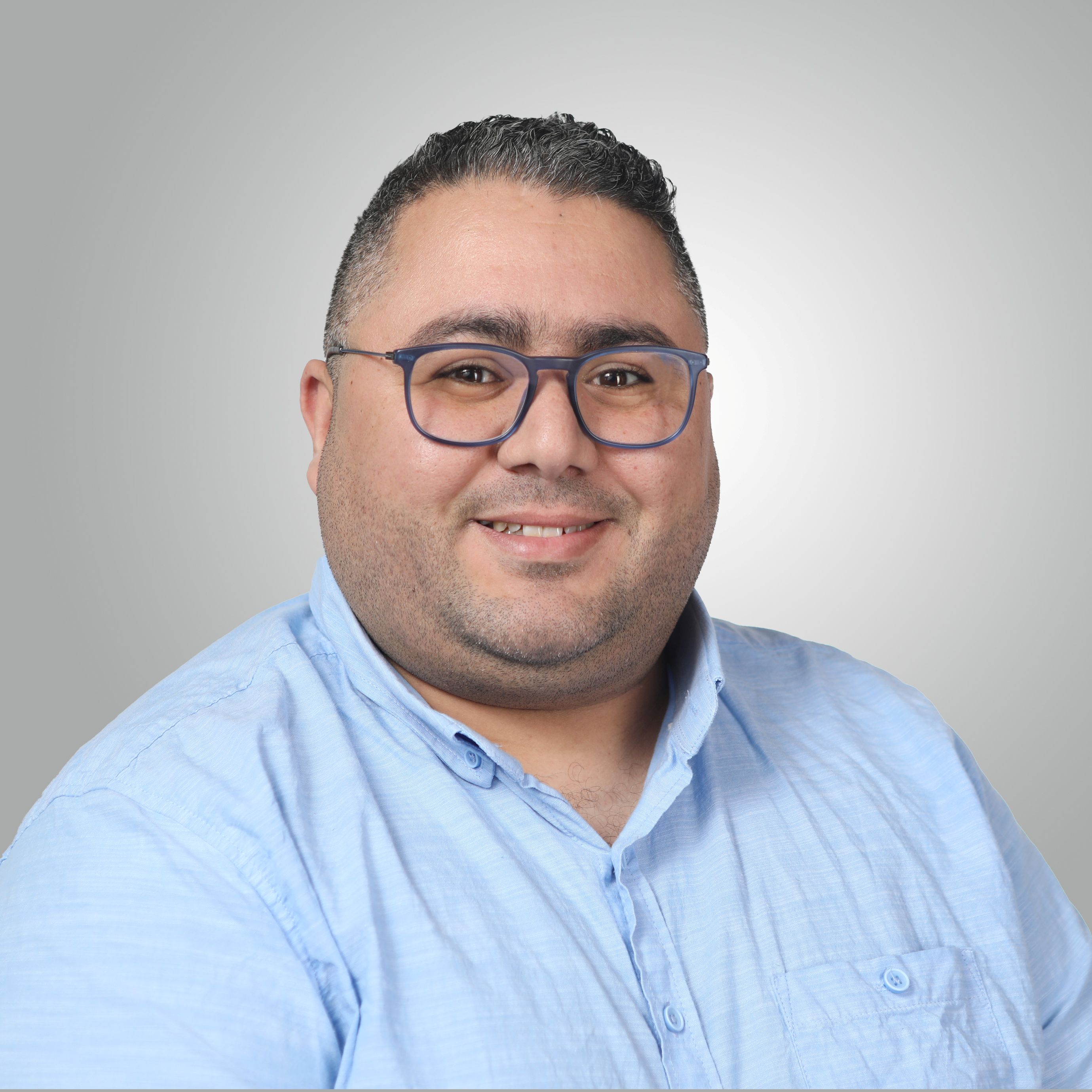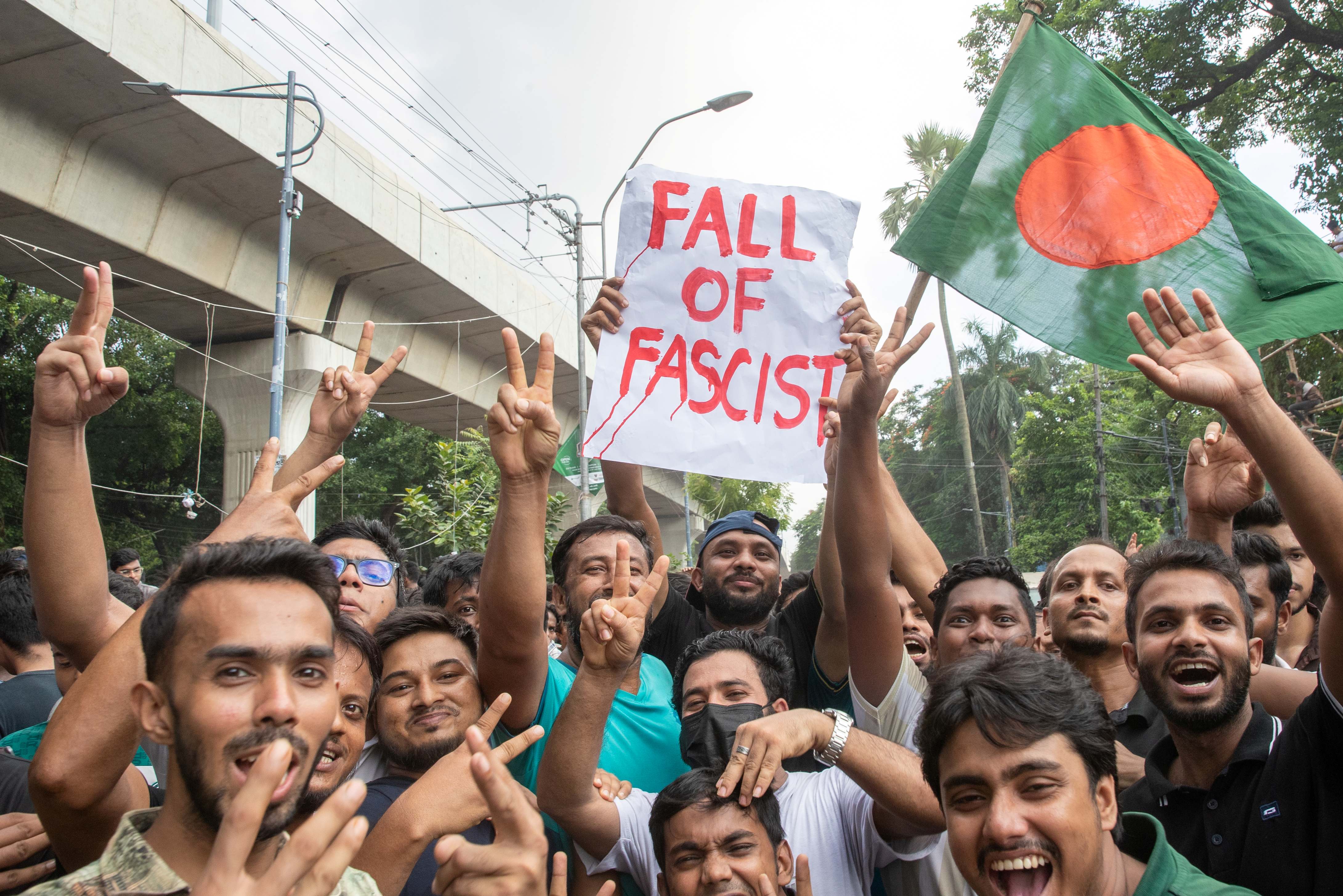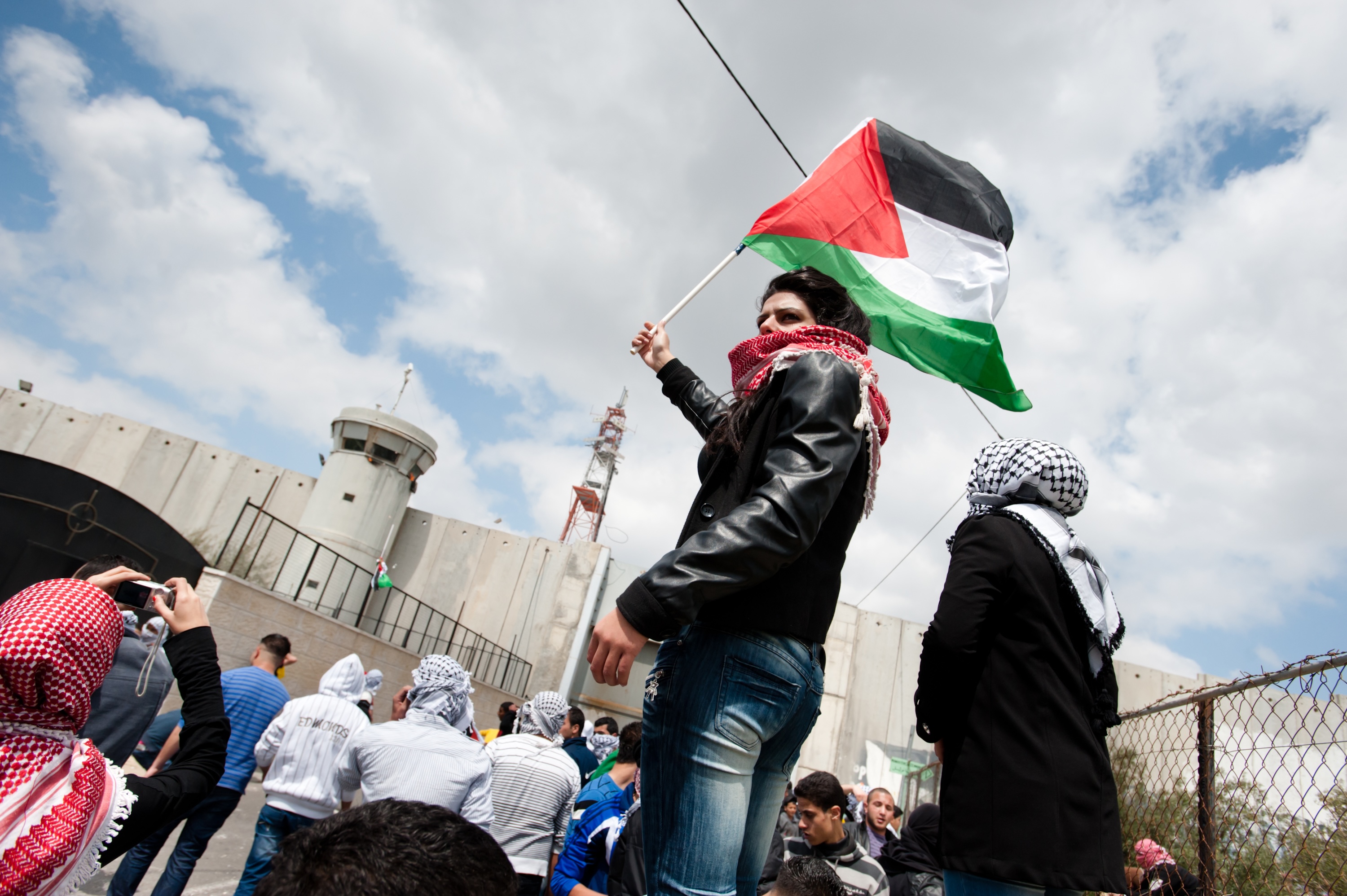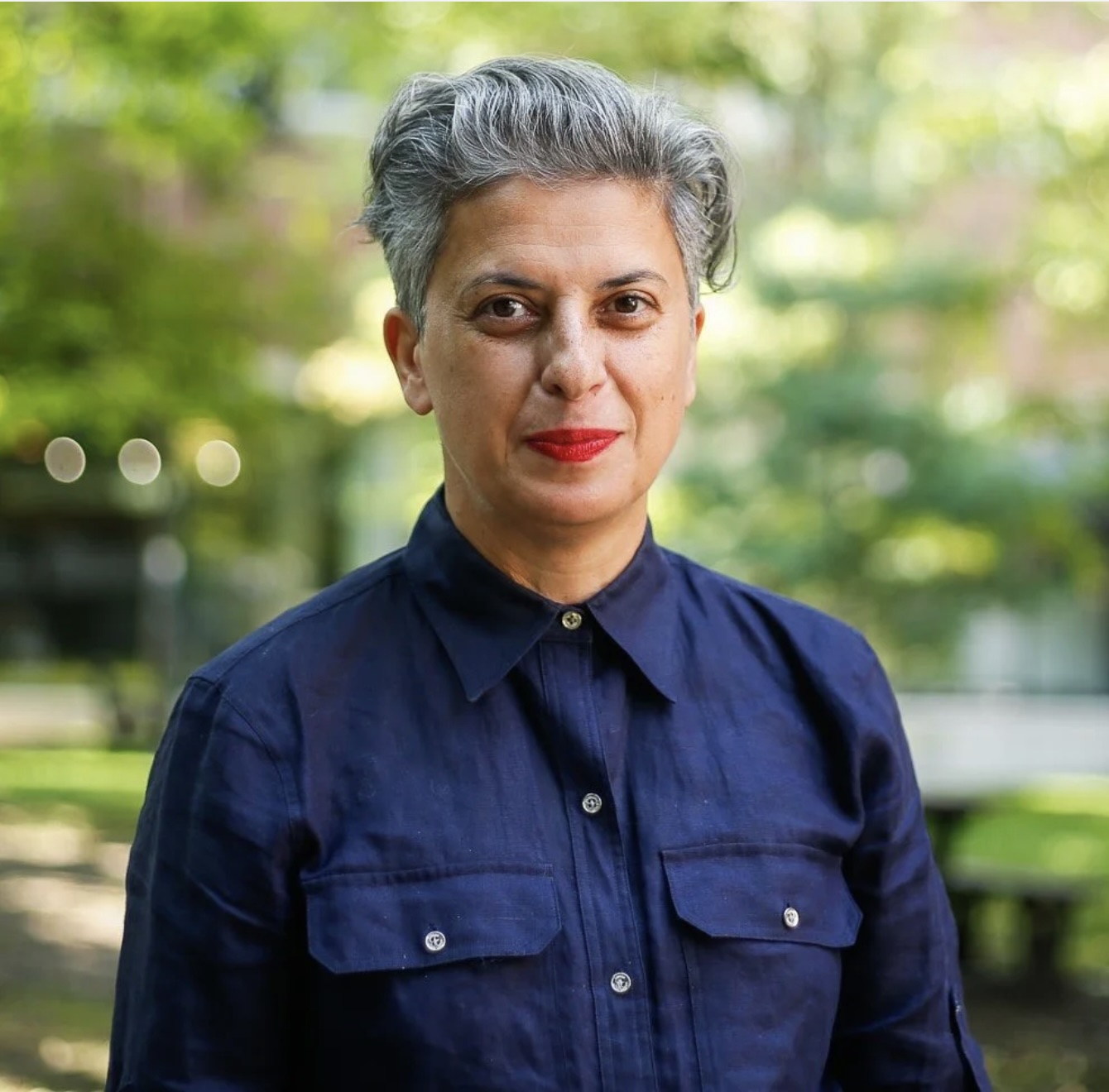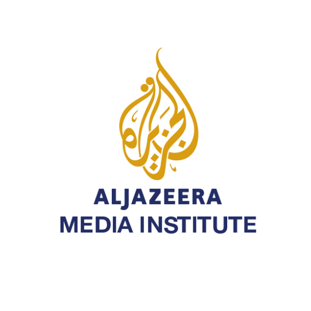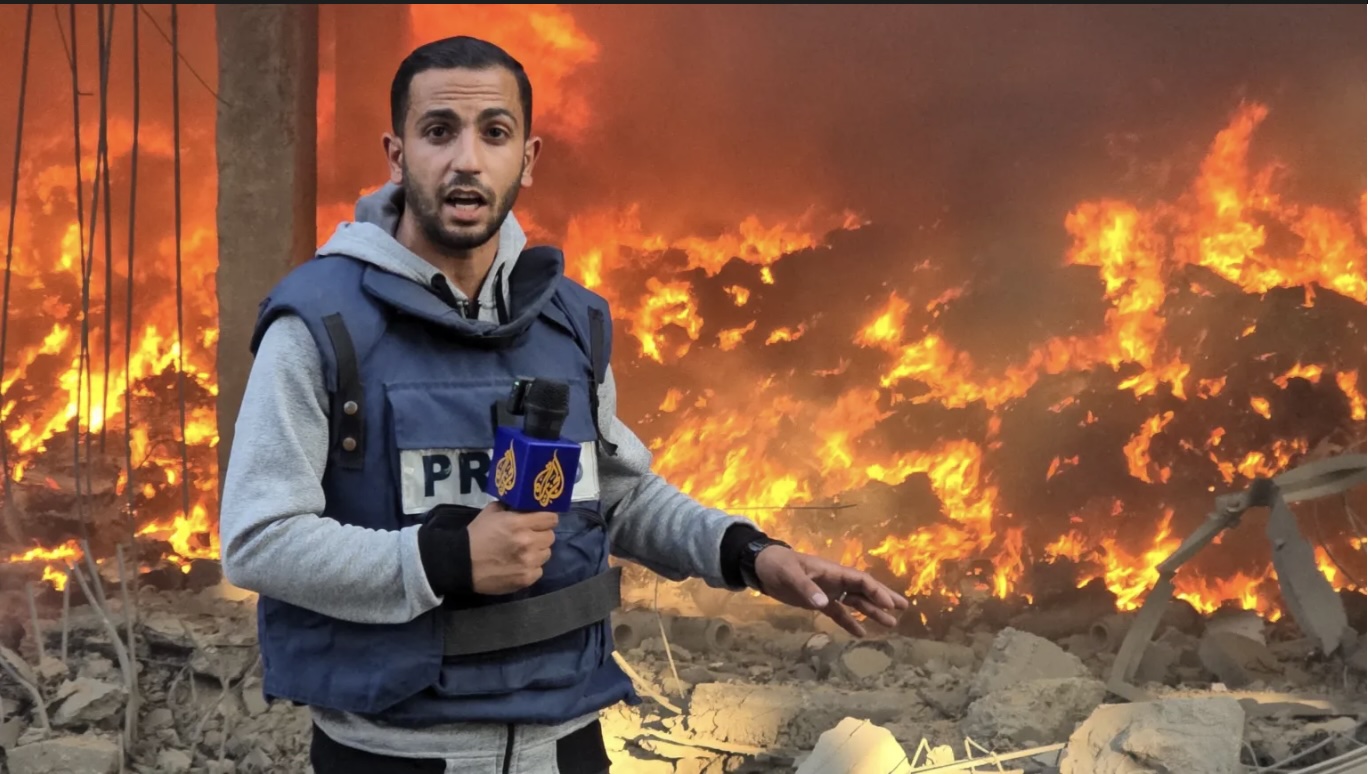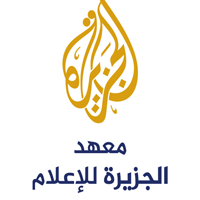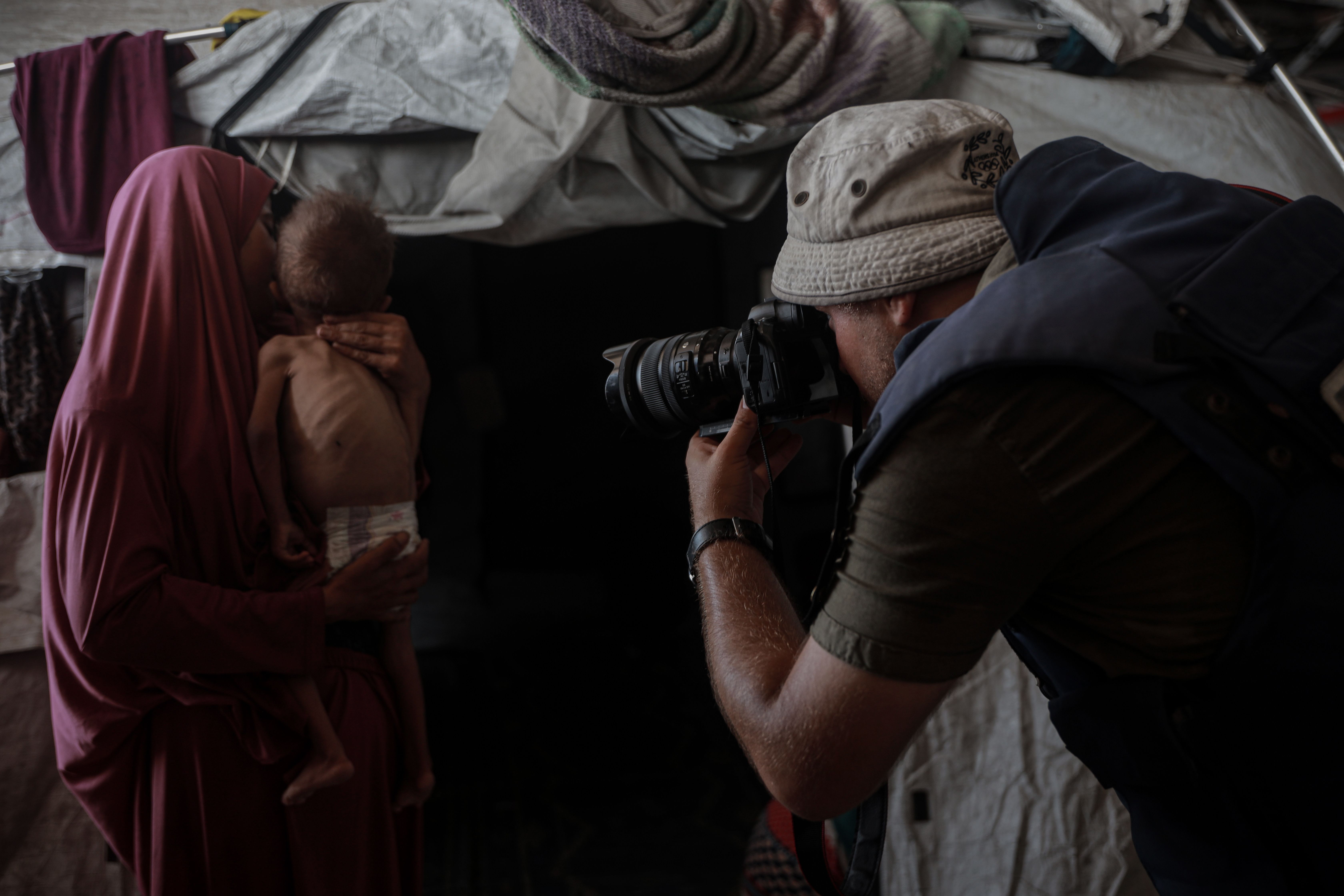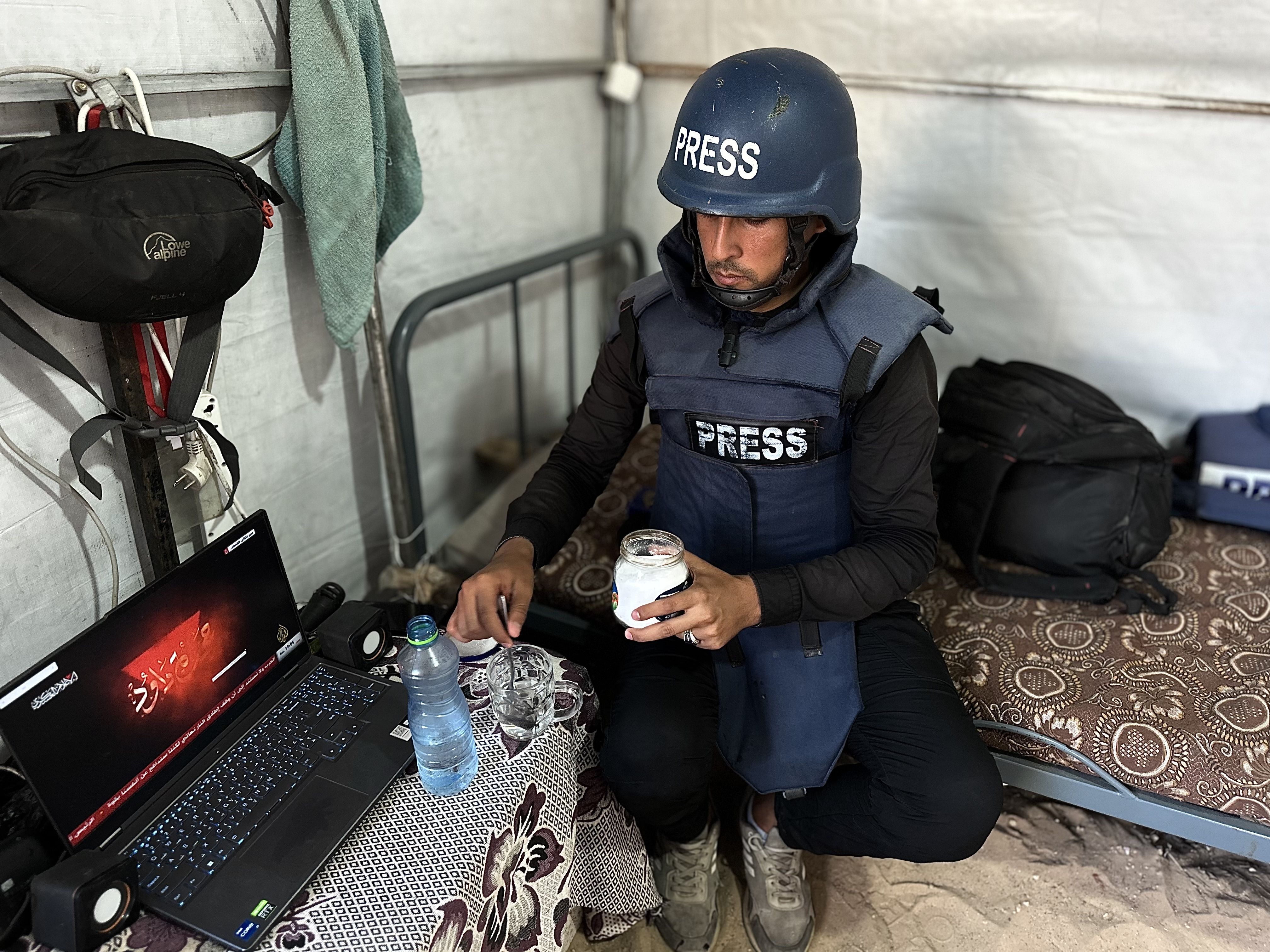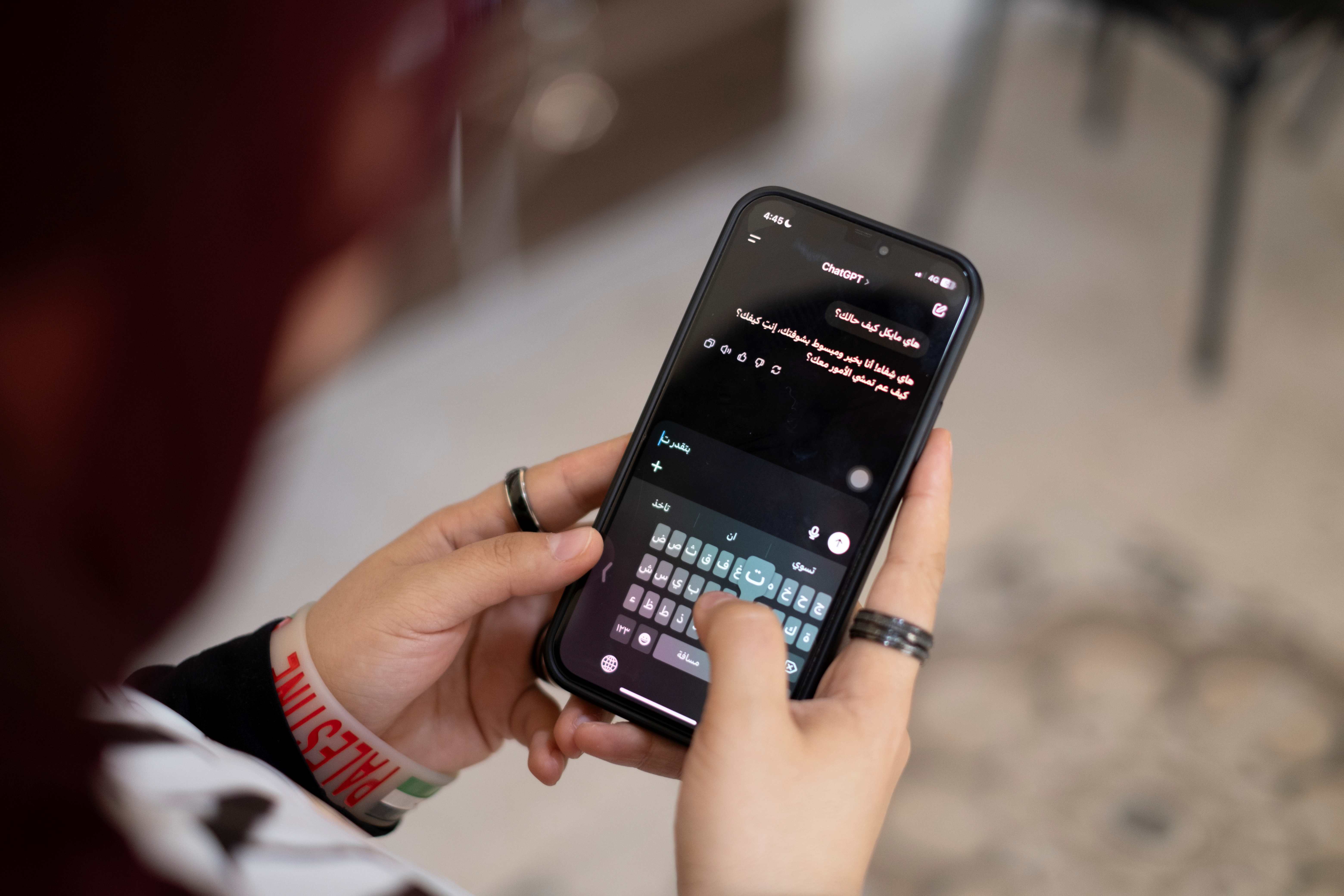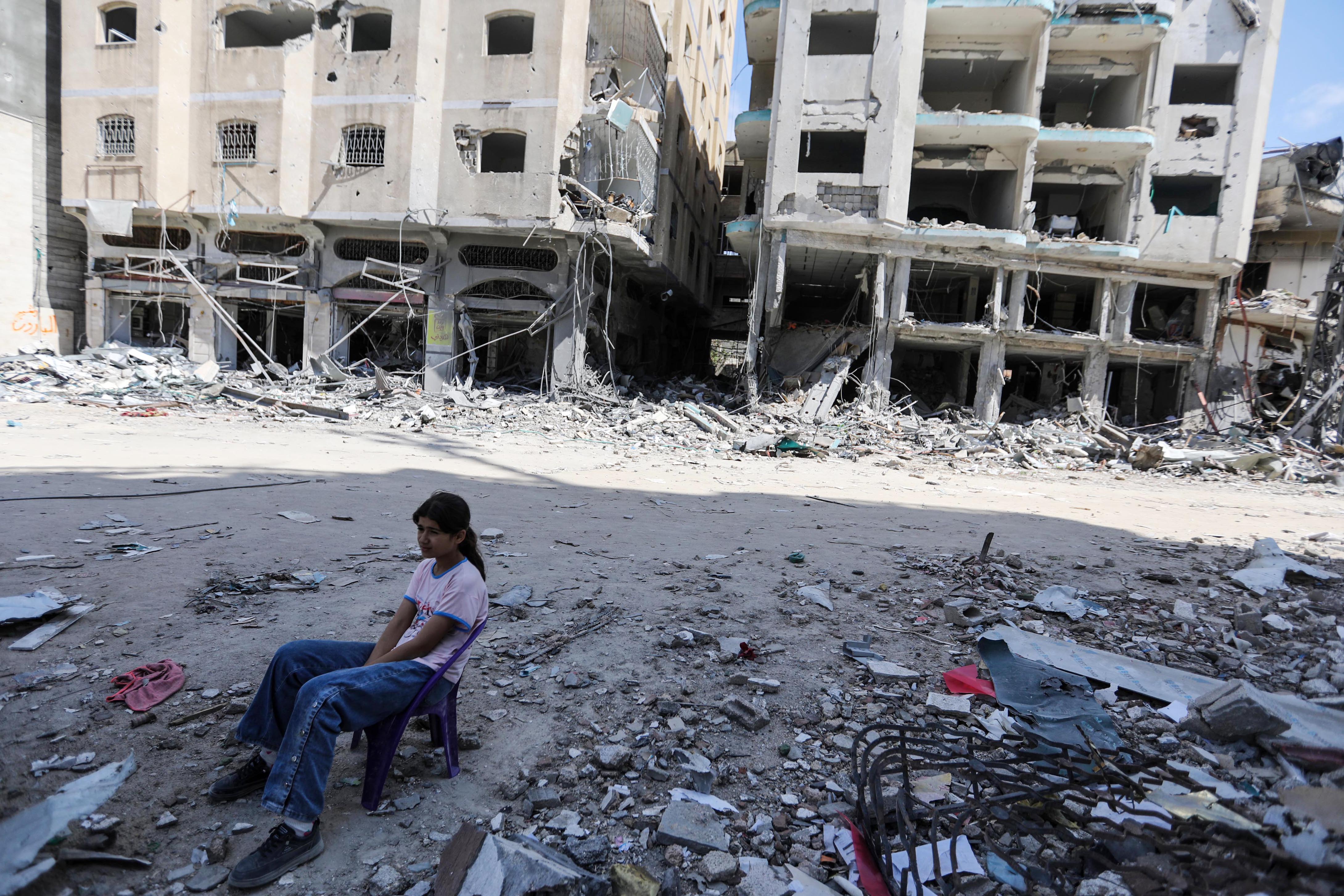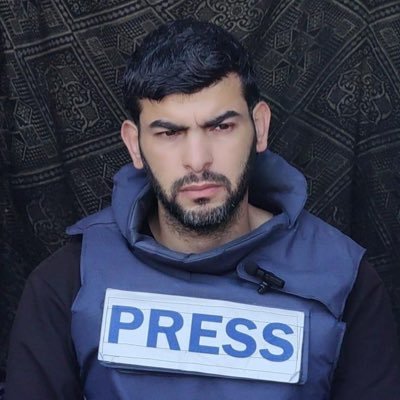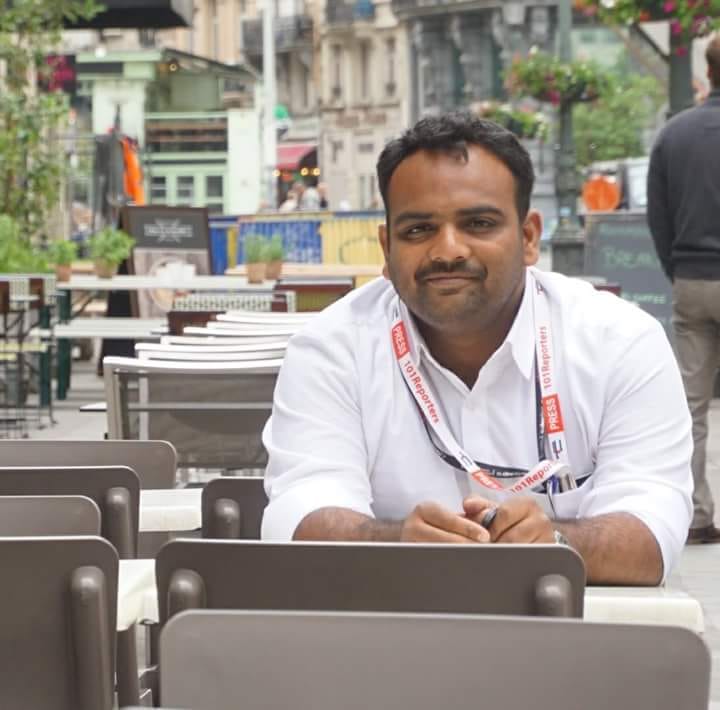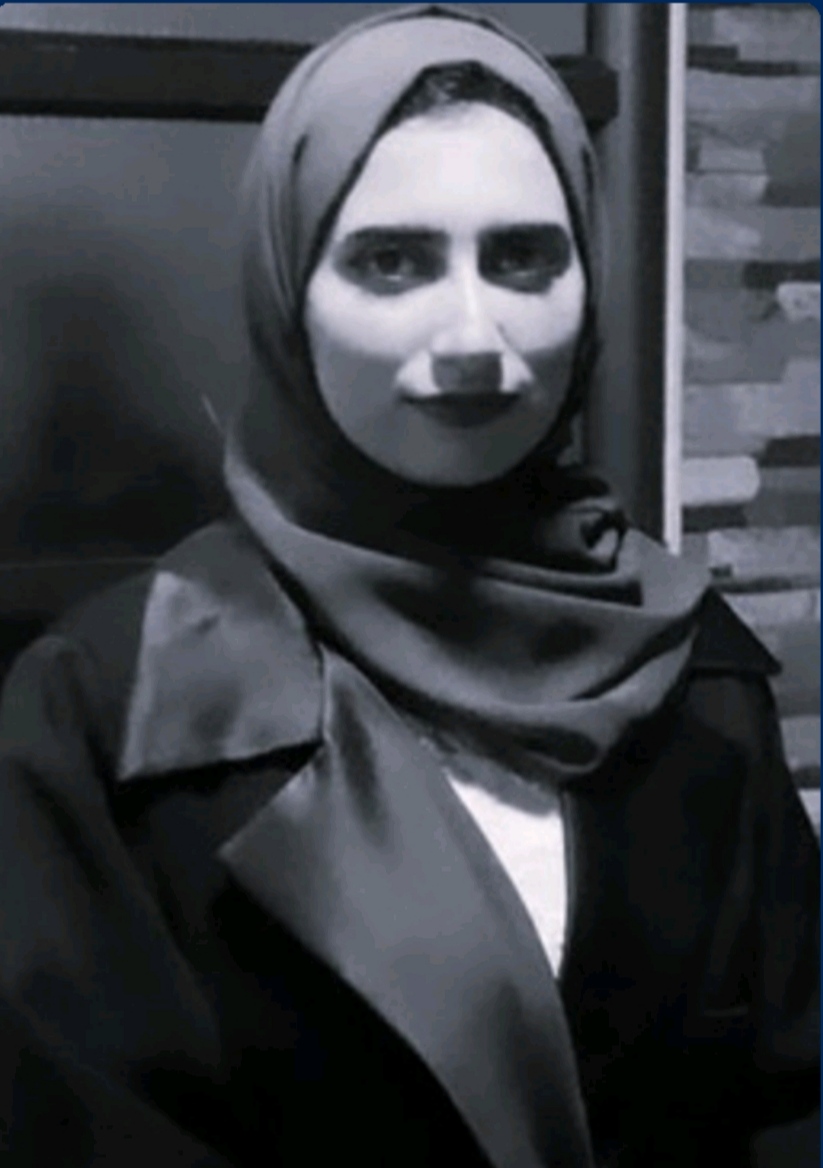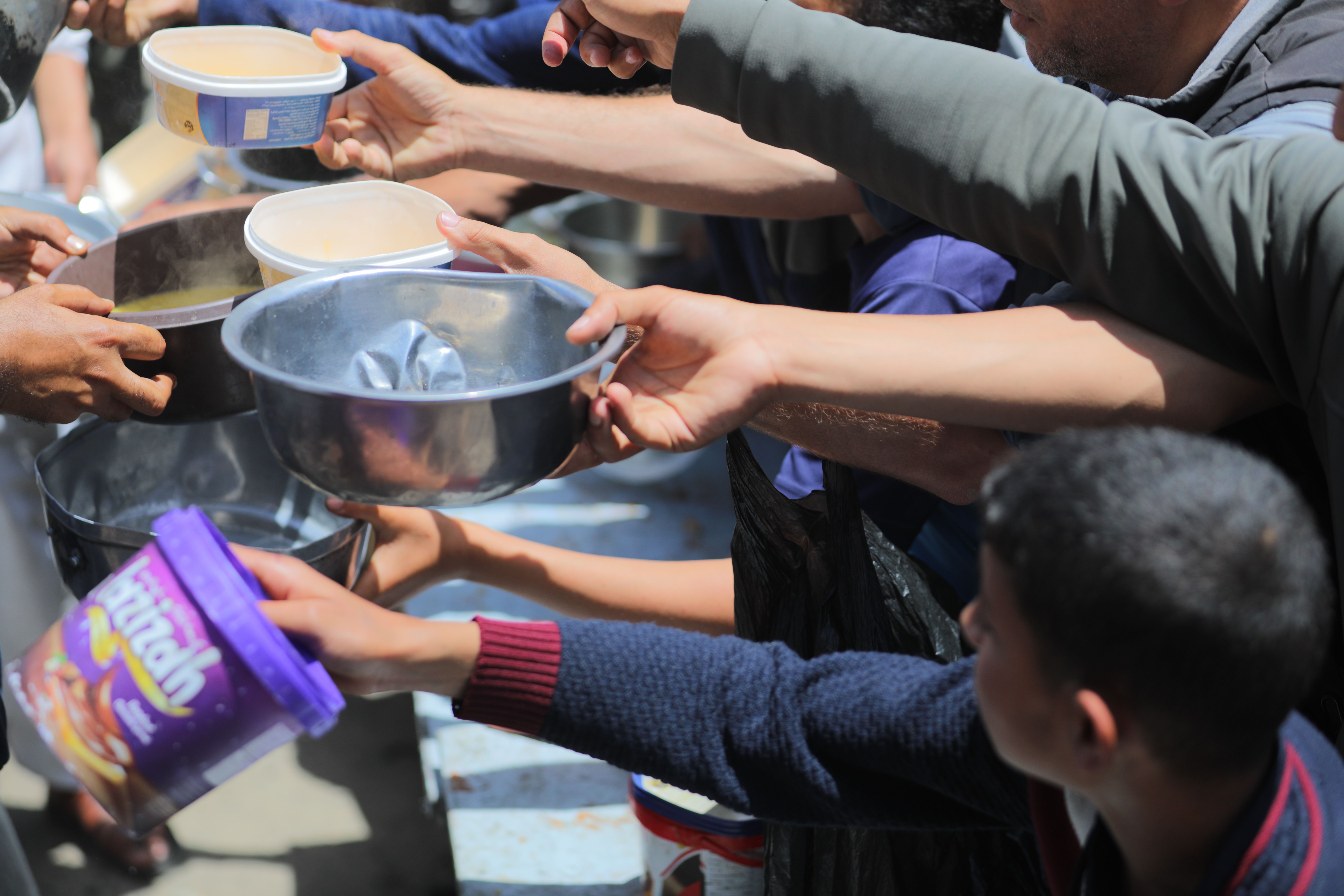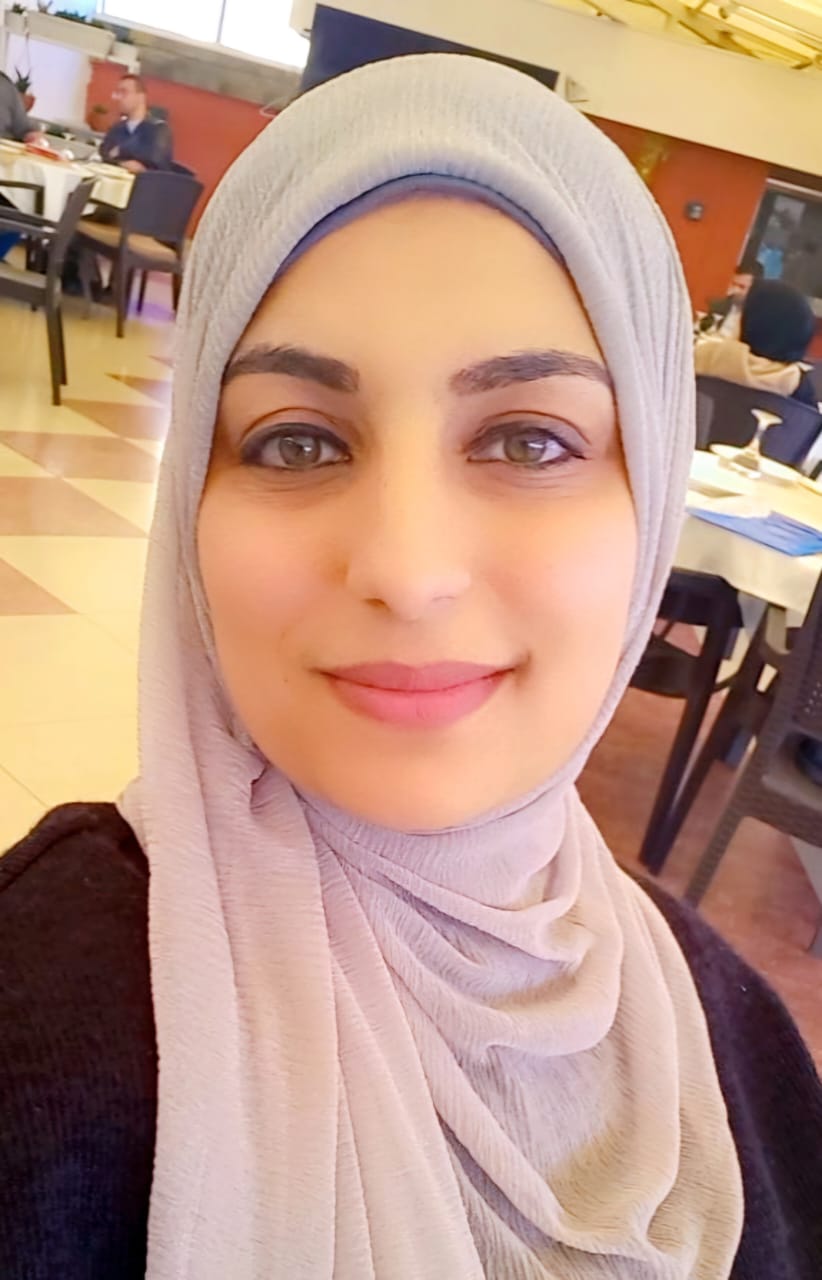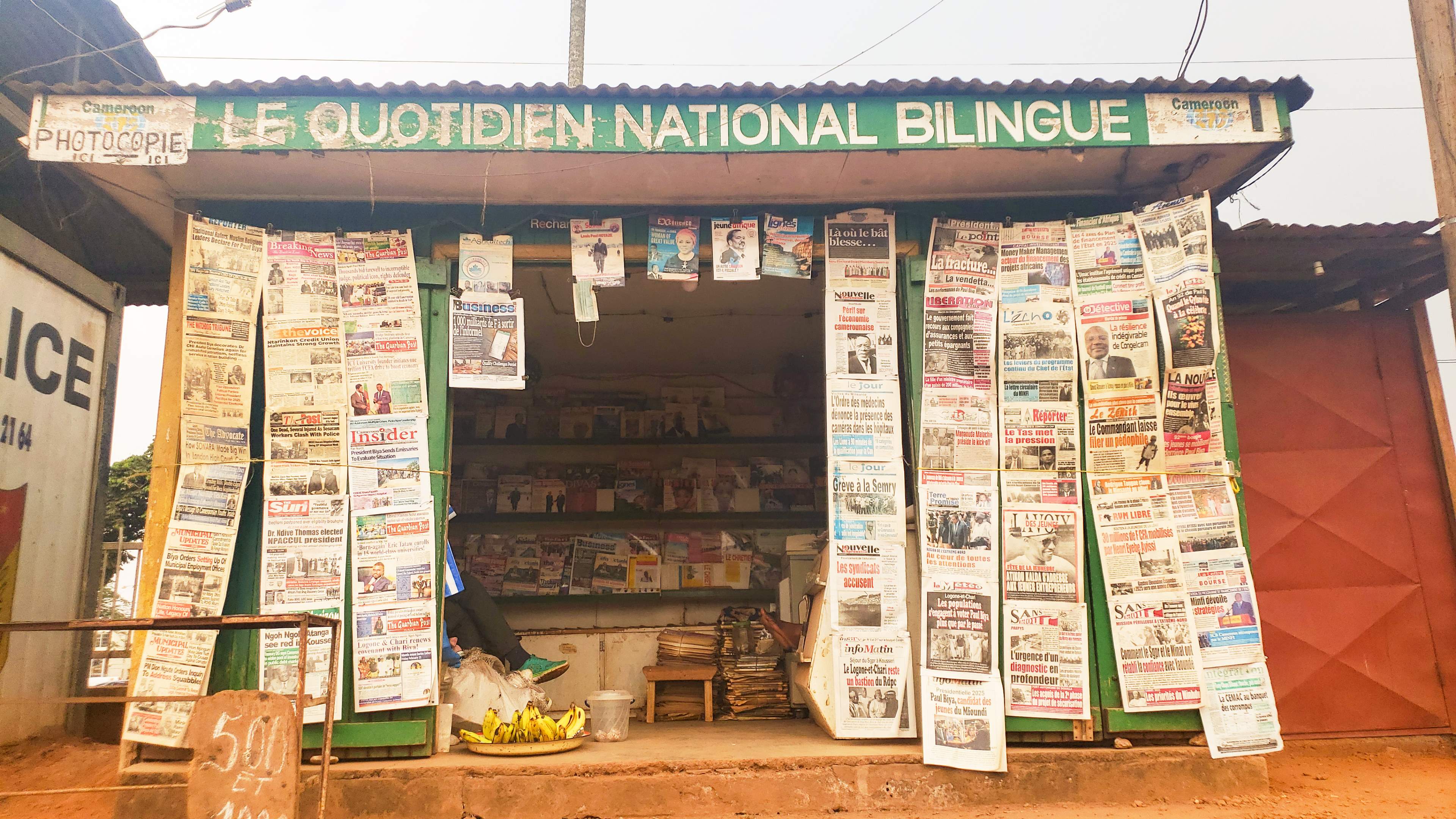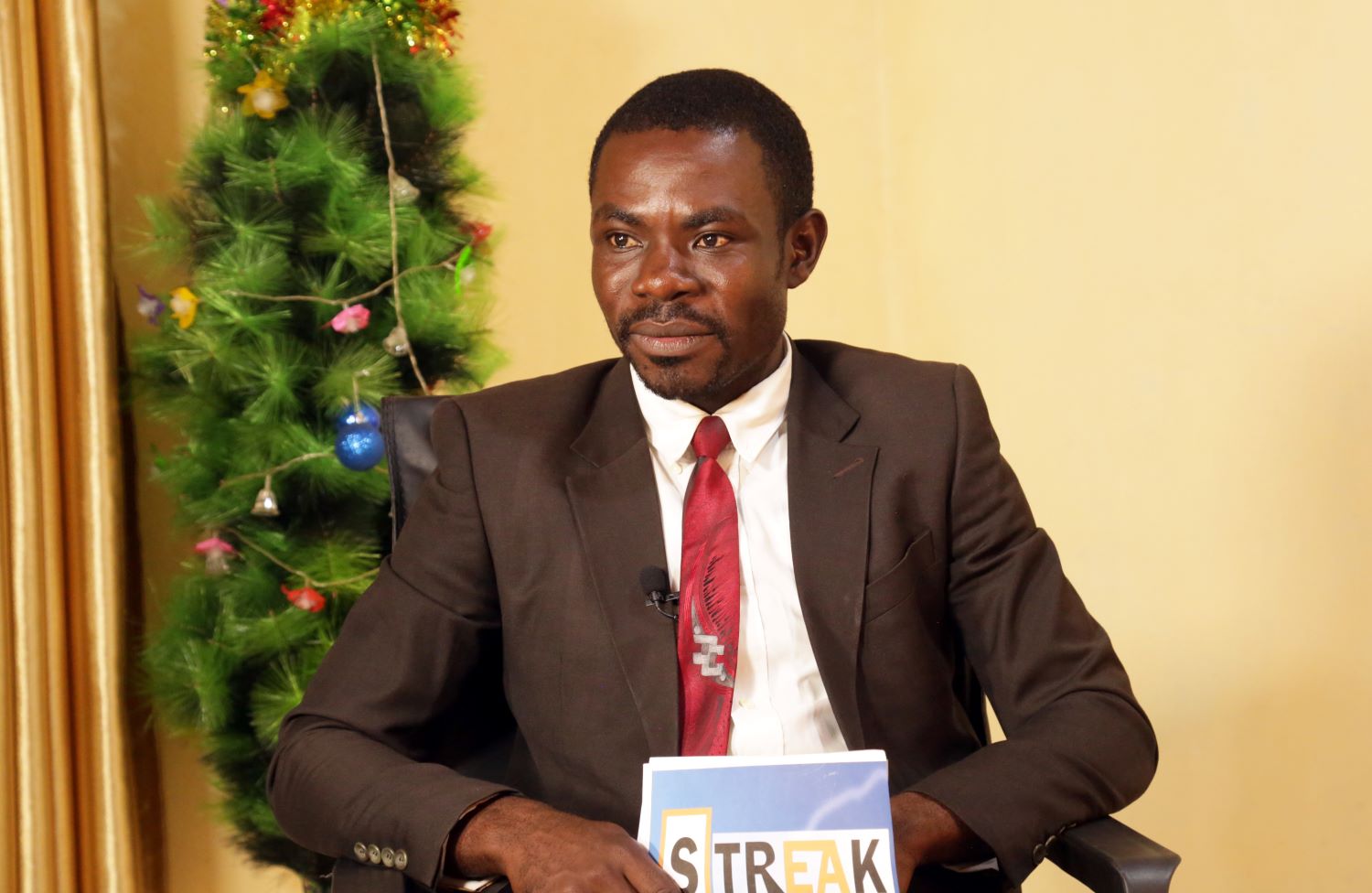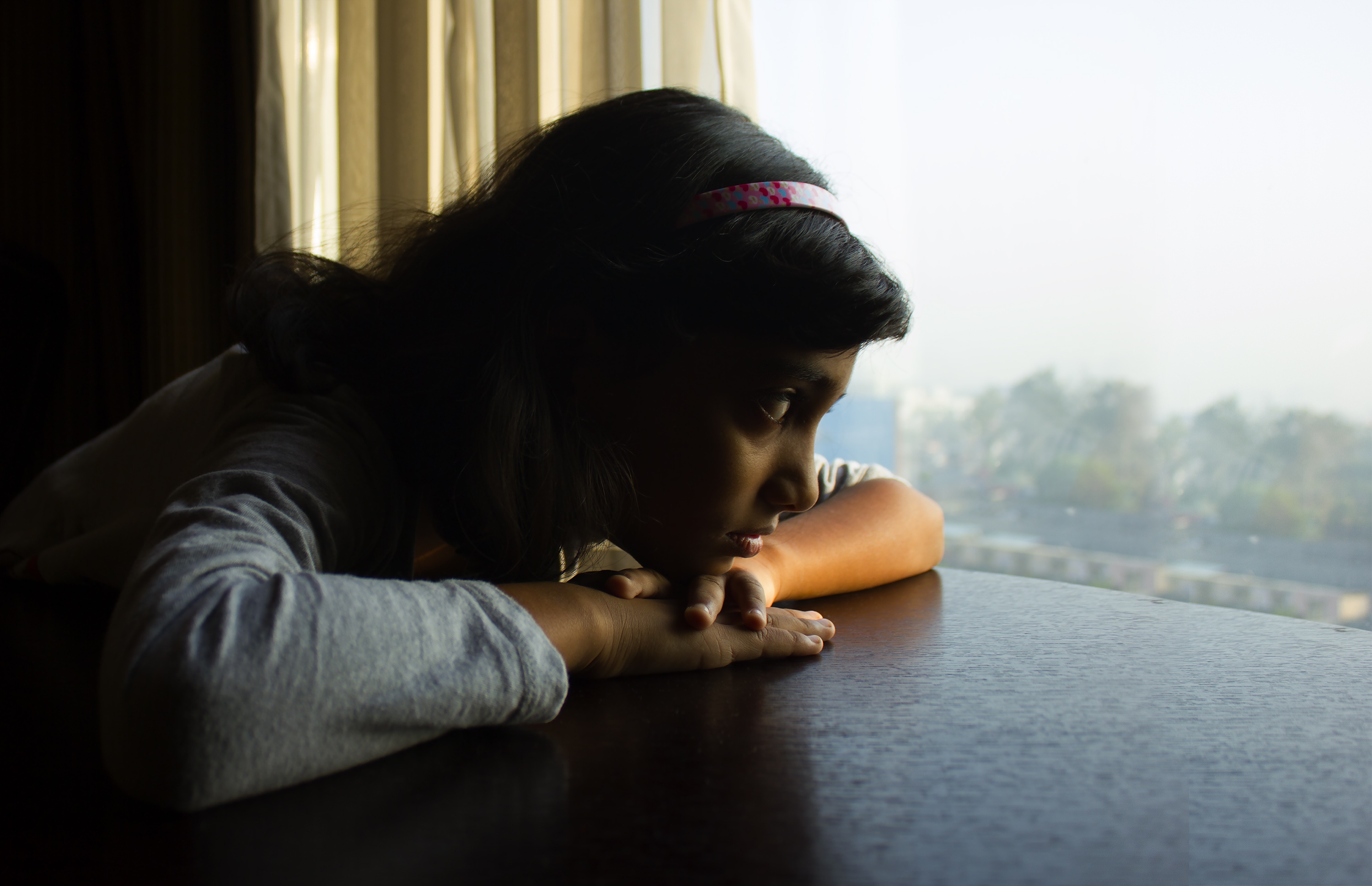حينما ترتسم أهوال الكارثة أمام الصحفي، فإن إشكاليات عديدة تنبت بخطورة ألغام في الطريق.. ماذا تفعل الصحافة في المشهد الطلَلي وساحة الأنقاض ونحيب المأساة. سؤال الجدوى المهنية يؤزمه سؤال وجودي أكبر حول الحياة والموت والمآل.. أية مواضيع، أية زوايا تصنع تميّز عمل مهني في ظروف من هذا النوع؟ أية أخلاقيات تؤطر العمل بينما يُحصي الناس خسائرهم وراياتُ الحداد ترفرف على المكان؟ أية حماية يستوجبها الخطر على الصحفي والمؤسسات الصحفية؟
هذا نص مرسل لا يزعم الإجابة عن هذه الأسئلة، ولكنه يُضمر بعض مقدماتها في شهادة شخصية مما علق بالذاكرة من سفر "شبه اضطراري" إلى مدينة تجفف آثار الزلزال.
مهمة.. بلا استعداد
لم تسعفني الشجاعة ولا سنحت لي الفرصة بأن أحاذيَ يومًا تُخومَ الخطر في مهمة مهنية من قبيل ما يرجّ الكيان ويحمل على التفكير فيما نفعل وما نعيش لأجله.. كان حظي من المغامرة قاصرا على تغطية للزلزال، أو -على الأصح- لما بعده. كُلفتُ بإنجاز تقارير عن أحوال الحسيمة (شمالي المغرب) بعد بضعة أيام من اهتزاز أرضها ليلة 25 فبراير/شباط 2004، مخلفا زهاء ألف قتيل وآلاف المصابين. كانت واحدة من أعنف الهزات التي عرفتها المملكة منذ زلزال أكادير المدمر عام 1960، الذي أوقع 15 ألف قتيل.
كنا زميلين يرافقنا سائق.. الزلزال ليس فعلا ماضيًا بعد، فالهزات الارتدادية تتوالى بعنف متفاوت من يوم لآخر.. خيّرتنا السلطات بين المبيت في الخيام أو الفندق.. تحرّجتُ من وصمة الجبن فسايرتُ رأي رفيقي الرحلة.. فليكن الفندق، والأدهى أنه الطابق الرابع. بدأتُ أجري حسابا ذهنيا للإمكانيات المتاحة للهروب إلى الشارع إن ضرب المارد من جديد.
لم أسمع إلا سنواتٍ بعد التجربة؛ بصحافة الكوارث الطبيعية وطرق الإعداد لها، وعتادها وتدريبها الخاص.. ذهبنا كما ذهب غيرنا بلا أدنى اطلاع على الخطوات الوقائية للتعامل مع أوضاع من هذا القبيل، بلا أبسط إلمام بطرق الإسعاف ومسالك الخروج من مآزق غير مبرمجة، بل لم نكن نحتفظ حتى برقم طوارئ قد يكون لنا سندا إن وقعت الواقعة. والحال أننا لم نكن استثناء، بل لعله السائد في الممارسة المهنية في بلدان كثيرة.
كنا قد وجدنا صدى الواقعة طريًّا تتناقله الألسن.. أحد الزملاء الذين عايشوا رعب الأيام الأولى أصيب بصدمة نفسية، لم يجد من يتكفل به على نحو طبي سليم.. سارعت المؤسسة إلى إرسال وفد لاصطحابه إلى بيته. الآثار النفسية للمهام الإعلامية الخطرة ما زالت ترفًا لا يُلقى له بال في الممارسة المهنية بالعالم العربي إجمالا، مع أن الوضع على صعيد المؤسسات الإعلامية الكبرى يأخذ منحى جديا لجهة إدماج المرافقة النفسية في السياسات والهياكل.
يواصل الصحفيون في كل مكان تغطية الكوارث الطبيعية، لكن الوعي بالمخاطر والإكراهات يبقى ضئيلا، سواء لدى الصحفي نفسه أو لدى المؤسسات الإعلامية. والحال أن المنظمات الناشطة في حماية الصحفيين باتت تولي أهمية كبرى لتأمين التغطيات الخطرة، من خلال إعداد بروتوكولات ودلائل إرشادية خاصة للصحفيين في القيام بالمهام المهنية الخطرة إبان الكوارث الطبيعية، وتوعية المتدخلين بضرورة تحمل مسؤولياتهم، حتى لا يتحول الصحفي نفسه إلى خبر في ركن المآسي.
ولذلك، فهي تَقرِن تنفيذ هذه المهام بتقييم دقيق للمخاطر من قبل الصحفي، والتوفر على مخططات تواصلية مع المؤسسة وغيرها، وبتحديد منافذ خروج ممكنة. يحتم الوضع أيضا تقييما للحالة الصحية للصحفي وطبيعة عقد التأمين الذي يحمي ممارسته المهنية. كما تشمل الضرورة التوفر على عتاد مناسب من مولدات كهربائية وبطاريات احتياطية وآليات لتحديد الموقع وعلب للإسعافات الأولية ومعلبات غذائية، وسيارات مهنية مجهزة بمعدات الإسعاف... أشياء يضحك الرفاق من سماعها هزءًا، كأنها يوتوبيا بعيدة التحقق.
ناقوس الزلزال
في ساعة مبكرة استفقتُ بمزيج من الذهول والرعب.. وجدت السائق يرمقني من سريره، نتبادل ذات نظرة التساؤل، ذلك أن الشعور الأولي بالزلزال هجين. فقبل الخوف، يداهمك سؤال الماهية: ما الذي يحدث؟ هل هي فقط حركة سرير أم سقوط شيء في المبنى أم...؟ ثم سألت: إنه هو، أليس كذلك؟ أجابني الرجل الذي تحمّس لليالي الفندق بصوت مرتجف: نعم.. إنه هو. بعد نوبة الهلع الصامتة، ضحكنا من أنفسنا ونحن نعجز عن تلفظ اسم الخطر.. إنه الزلزال، يستضيفنا نحن الوافدين في ليلتنا الأولى بهزة ارتدادية خفيفة.
أنين الخيام
مساعدات تتدفق، زيارات تضامن من مسؤولين أجانب، إحصائيات محدَّثة للضحايا ومن كتبت لهم حياة أخرى... وبعد؟ لن تُشبع القصاصات الإخبارية حول هذه المواضيع شغف الكتابة ولا ضمير الواجب لإقامة تمتد أسبوعا كاملا.. شغفي بالأبعاد السوسيولوجية للظواهر يستيقظ.. إرهاصات مواضيع تتمخض في ذهني، لكن للواقع سمات لا يمكن تجاهلها. نحن في الحسيمة، حاضرة الريف، قلعة المحافظة بامتياز.. المجتمع الريفي مرحِّب وكريم، لكن التسلل إلى بنياته العائلية ومساءلة بنية العلاقات أمر ليس في المتناول. كان السؤال يتردد في رأسي: تحت خيام الزلزال، كيف تحولت حياة الساكنة الحسيمية بنمط حياتها المغلق، بخطوط الفصل العنيدة بين النساء والرجال، حتى داخل البيت الواحد؟
صادفنا ورشة لتدريب النساء على طرق التعامل مع يوميات حالة الطوارئ.. سمحت لي المدربة الوافدة من إحدى المصالح الاجتماعية في العاصمة الرباط بمتابعة بعض محاور الورشة.. افتعلتُ دردشة مع فتاة من المستفيدات، فتطوعتْ بروح منفتحة ورغبة في تقديم المساعدة. وهكذا انقشع الضباب الأول من الطريق نحو مقال عام حول الحياة تحت الخيام. كيف تعيش الأسر واقعا لم تعرفه من قبل؟ كيف تنظم يومياتها؟ كيف تَعايش الناس مع إكراهات جديدة تحمل النساء على التحرك في الخارج؟ كيف يتقاسمون فضاء مختلطا بالجبر والاضطرار؟ كيف يحيا المنكوبون أيام حدادهم ويرتبون لمستقبل مجهول؟ يقولون إن الصحافة تأريخ للراهن.. هي أيضا مسودة أولية للمقاربات والأبحاث السوسيولوجية سواء في الظروف العادية أو الاستثنائية.
مقالات على جناح الصدفة
مع أني خططتُ مسبقا لمقال ذي بعد اجتماعي في حالة استعجالية صنعها الزلزال، فإن بعض المواد تأتي على جناح الصدفة. كانت الشابة الكريمة تقودني في جولة عبر المخيمات التي أقامتها السلطات، وهي تمدُّني بالإيضاحات المطلوبة أو تقترح عليّ حوارات مع بعض من أهل الخيام، لا أذكرُ كيف تفرَّع الحديث عن أحد أبناء المنطقة الذين توفوا في الهجمات التي استهدفت مدريد في مارس/آذار 2004.. أثارتني هذه اللحظة القدرية العجيبة لرجل ظن أنه أفلت من ضربة الزلزال بمغادرته قبل ساعات فقط من الكارثة نحو الفردوس الشمالي، ليُكتَب له السقوط في عربدة إرهابية بقلب العاصمة الإسبانية. صممتُ على لملمة شتات بورتريه، كشهادة غياب لهذا الشاب ترصد هشاشة الوجود الإنساني وعبثية المسافة بين الحياة والموت، والفخاخ الكامنة خلف ما يظنه المرء خلاصه.
في طريقنا بحثا عن قريب للراحل، كان شاب يقف أمام السيارة، يصوّب إلينا نظرة استفهام حادة.. نزلت الفتاة وحدثت قريبها بأمازيغية أجهلها، ثم أقبلا معًا.. فهمت حرج الوضع، فدعوتُه إلى مرافقتنا. الواقع الاجتماعي متعدد، والاستهانة به مجازفة في عمل مثل الصحافة، كما أن احترام هذا الواقع وفهم بنيته القيمية يمهد الصعاب. أصبح الشاب دليلنا إلى البيت الذي بالكاد ارتضت سيّدته أن تطل من خلف ستار النافذة، لتجيبنا عن بضعة أسئلة حول رحلة ابن عمها الدامية.. اكتفينا بما قلّ، وقد تشكلت صورة أولية لهذا القدر الإنساني الذي قفز عبر البحر المتوسط من ضفة إلى أخرى معمّدا تواطؤا رهيبا بين الزلزال والإرهاب.. أخطأه العنف الطبيعي في موطنه، فأدركه العنف الإنساني في مقصده الذي راوده على جناح حلم بالرفاه والرغد.
المأساة.. واجب الشهادة وحرجها
كان جذع البيت مائلا.. ذكّرني الشكل ببرج بيزا الإيطالي العجائبي.. نصفه أنقاض على الأرض. طوقت السلطات المكان الخطر بشريط بلاستيكي، لكن الرجل الحامل لأمارات النكبة كان يجول داخل المنطقة المحظورة، يتحرك ببطء ممحّصا بين الردم.. هل يريد استعادة أشياء عزيزة، أم يناجي أحبة قضوا تحت الأنقاض؟! ردّ عليَّ سلامي ببرود، وحين قدمت له نفسي، أشاح بوجهه صامتا وحزينا، فتملّكني حرج وضيق.. غادرتُ سريعا.
من حقائق الممارسة الصحفية أن المأساة معين حقيقي لها، والخسارات التي تخلفها الكوارث الطبيعية فرصة مواتية لعطاء استثنائي.. لا يتعلق الأمر بنزعة انتهازية، بل هو الواجب المتعاظم للمهنة في ظروف من هذا القبيل، وإن كانت التجربة تملي أخلاقيات معينة لا يتسع المجال لمناقشتها في هذه السطور المحررة بوازع الذكرى.
طرقت باب المستشفى في بلدة ضاحية المدينة.. ظهر الرجل مستقبِلا كأنه كان في انتظار زيارة متفق عليها.. يبدو مزاجيا لم يمسك لسانه بوازع تحفّظٍ تمليه عليه مسؤوليته.. إنه الطبيب. أخذني إلى مستودع المستشفى الفارغ من المرضى والموظفين معا.. مغلق منذ أربع سنوات في انتظار تعيين الموظفين.. أراني علبا ضخمة من الأدوية التي نفِدت صلاحيتها أو قاربت على الانتهاء.. لم يكتب للأغطية الجديدة الاستخدام حتى موعد الزلزال، فأسعفت في لف الجثامين. شممتُ حينها رائحة الدم.. والعبث. هكذا نبحث عن القصص الإنسانية وسط الزلزال.
احتفاء بصناع الحياة
في مدينة تضمّد جراحها، تجلى وجه ثان لتقسيم العمل الجندري يناقض تماما الصورة النمطية الذكورية للمجتمع الريفي.. لقد فجرت حالة الاستثناء التي فرضتها الطبيعة حيوية نسائية كاسحة على مستوى النسيج المدني. كان أداء الجمعيات النسائية لافتا على مستوى الإغاثة وتوزيع المؤن والقيام بحملات التوعية والدعم النفسي والمساعدة المادية.. هذا موضوع صحفي يمكن أن ألتقطه بعيدا عن القصص المكررة في كل مكان.
في مستودع لإحداها، كانت الكراسي المتحركة متكدسة بالعشرات، وكذلك المواد المعيشية المختلفة. رئيسة الجمعية التي أوقفت إرضاع طفلها لتلاحق وتيرة العمل الإغاثي، كشفت أن الإمدادات التي وصل معظمها من أبناء المنطقة المقيمين في أوروبا -وهم يعدّون بعشرات الآلاف موزعين أساسا بين ألمانيا وهولندا وبلجيكا- تفوق الحاجيات. نخبة نسائية مقدامة تتقاسم مهام برمجة التدخلات وتنفيذها، وتأمين مداومة على مدار اليوم لتلبية نداء الواجب وإيصال المساعدات إلى مستحقيها.
في الكوارث، تظهر وجوه مشرقة للكينونة الإنسانية في تفردها الأخلاقي، جديرة بأن تملأ بها الصفحات والشاشات.
